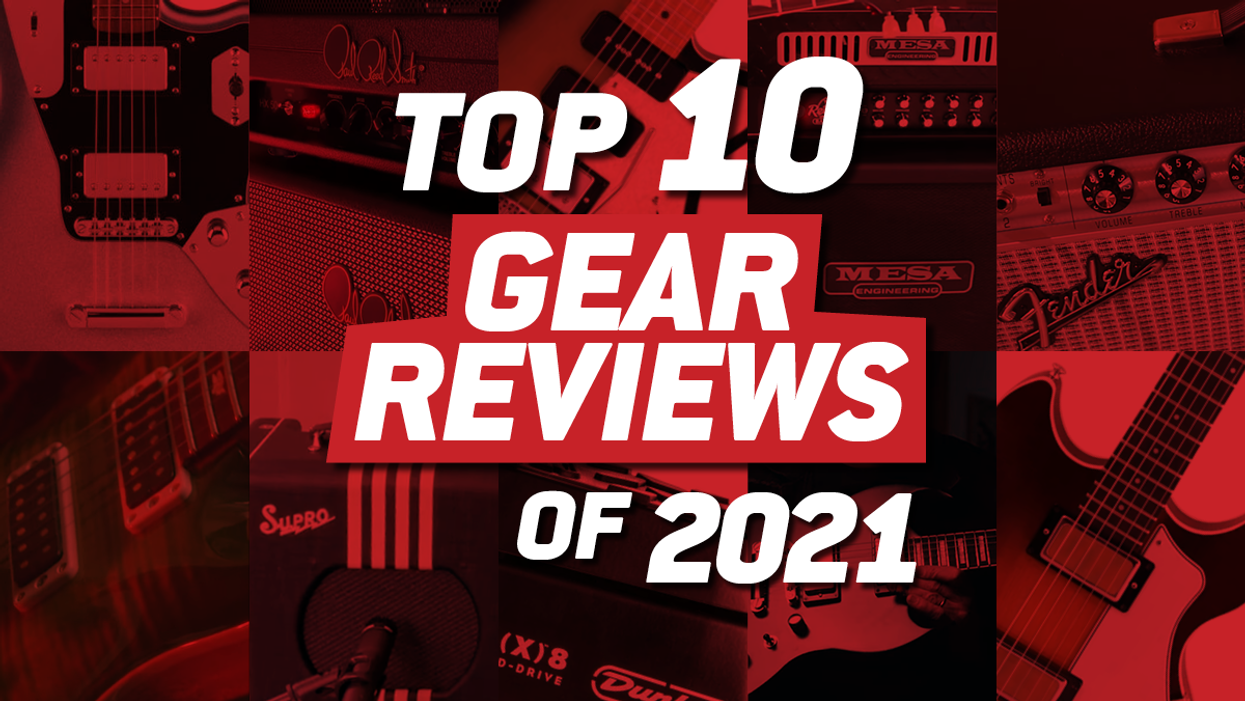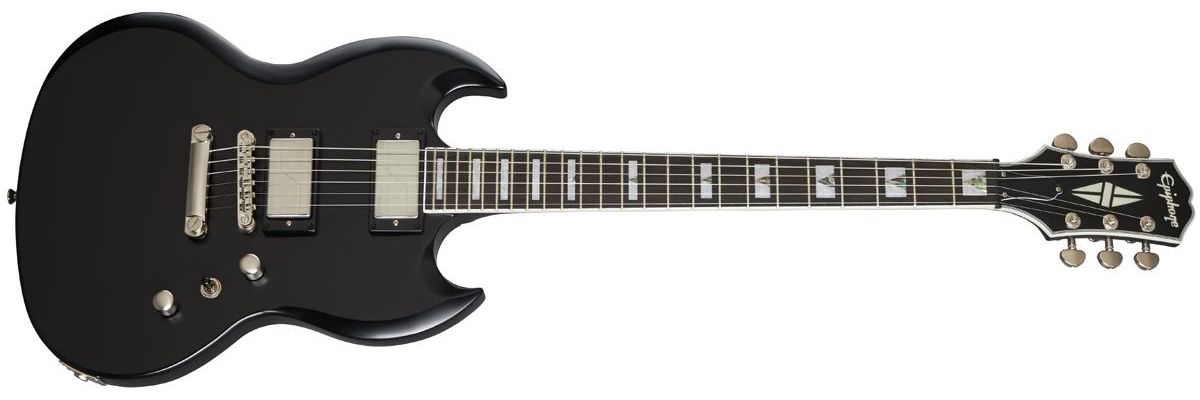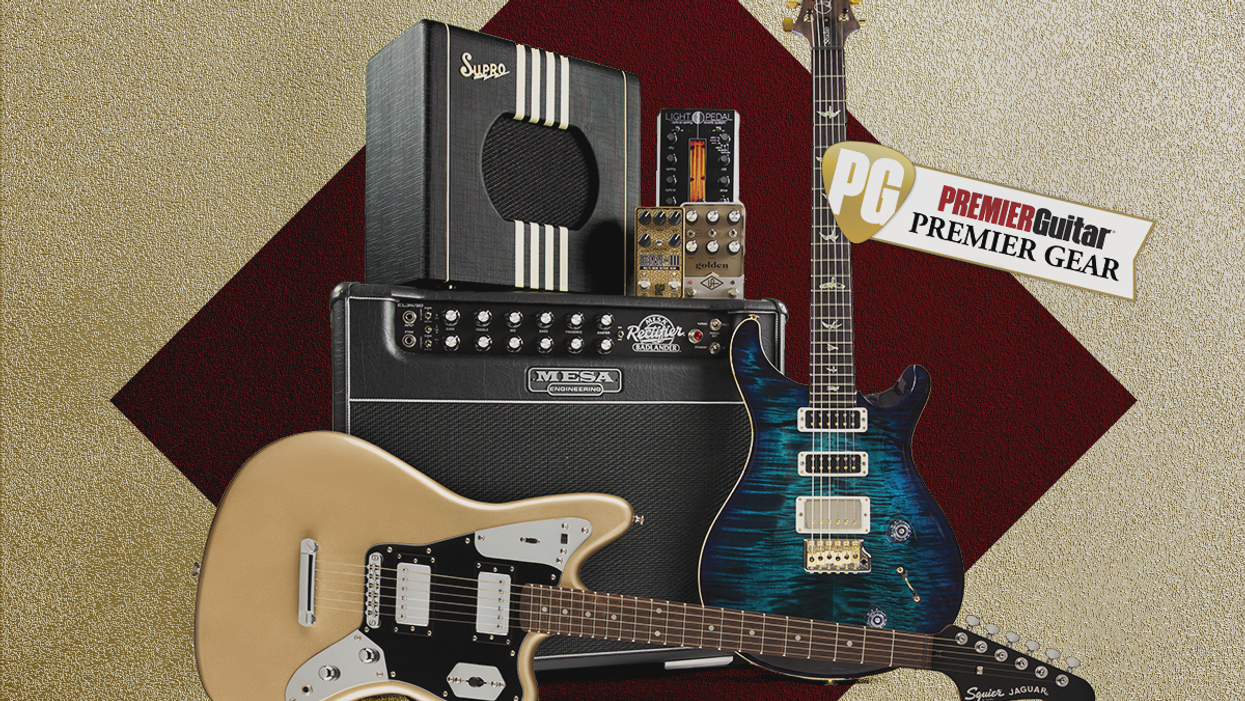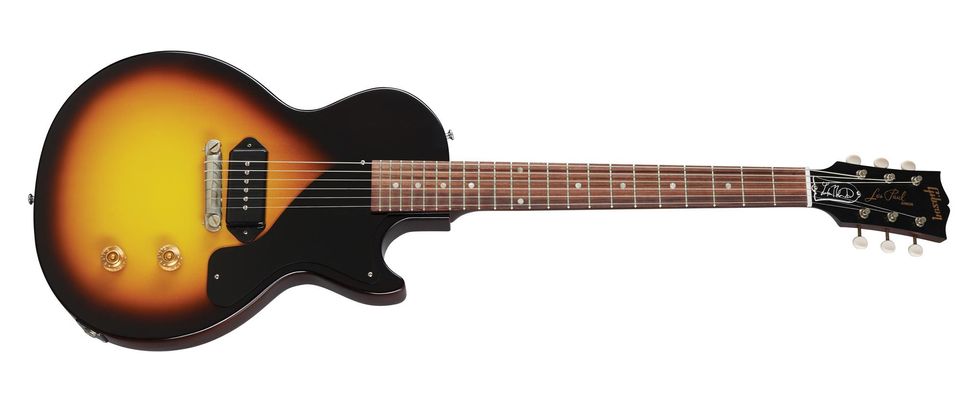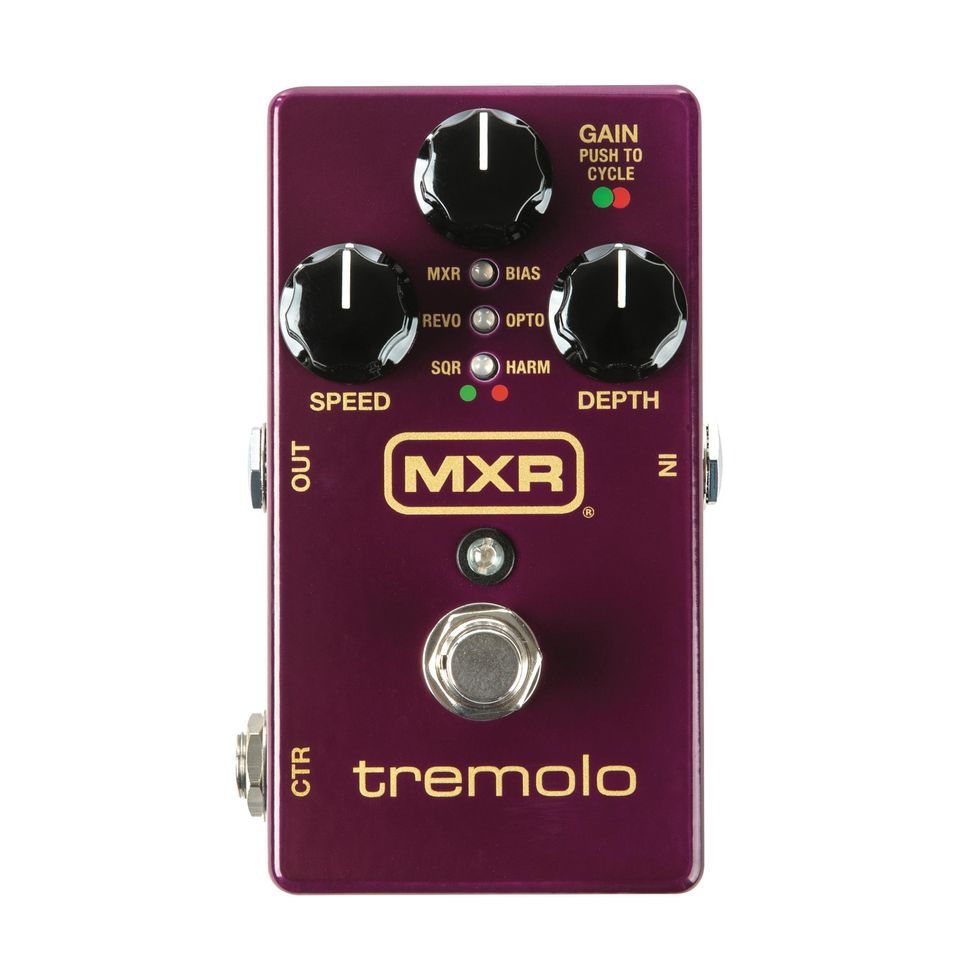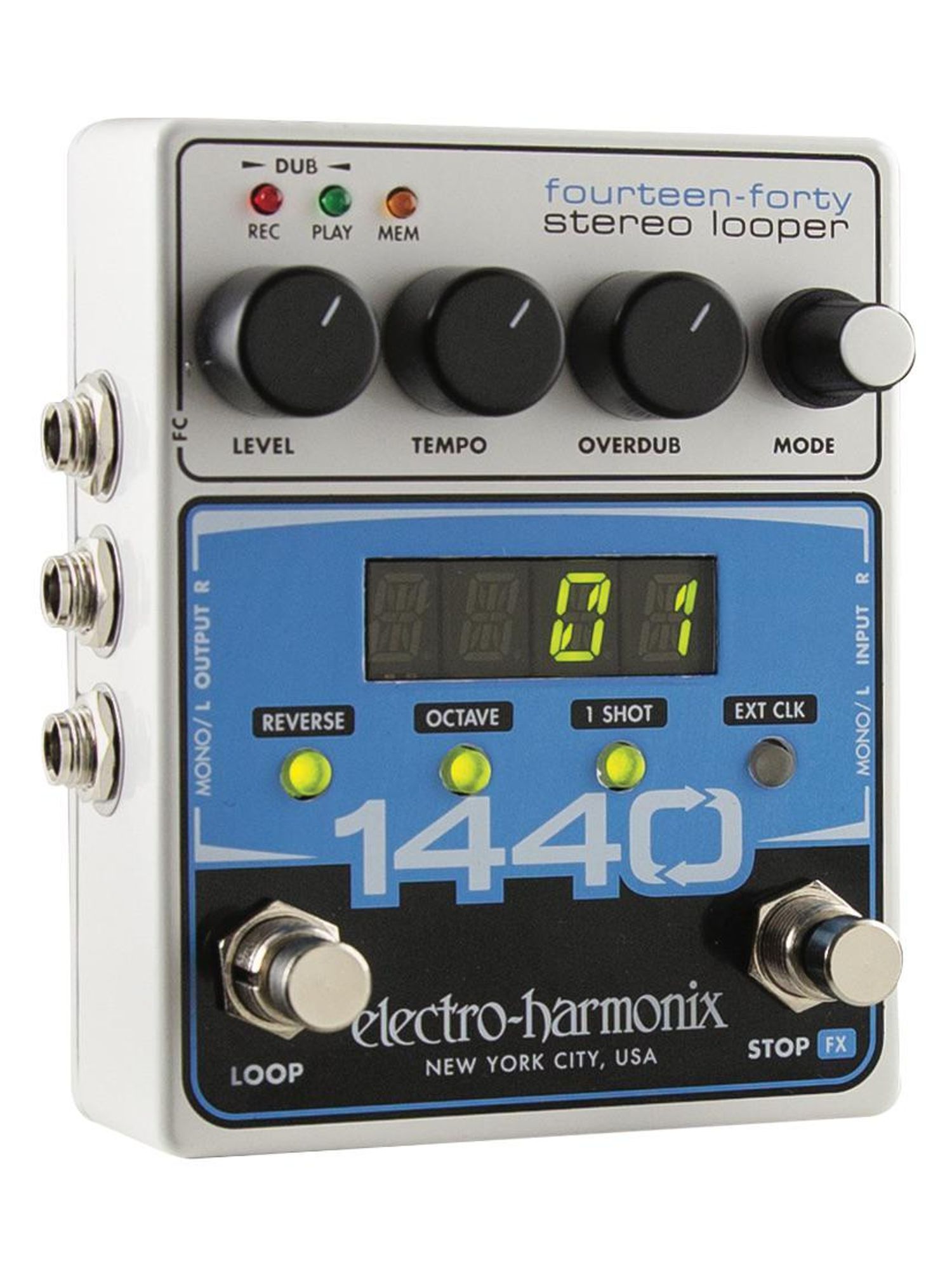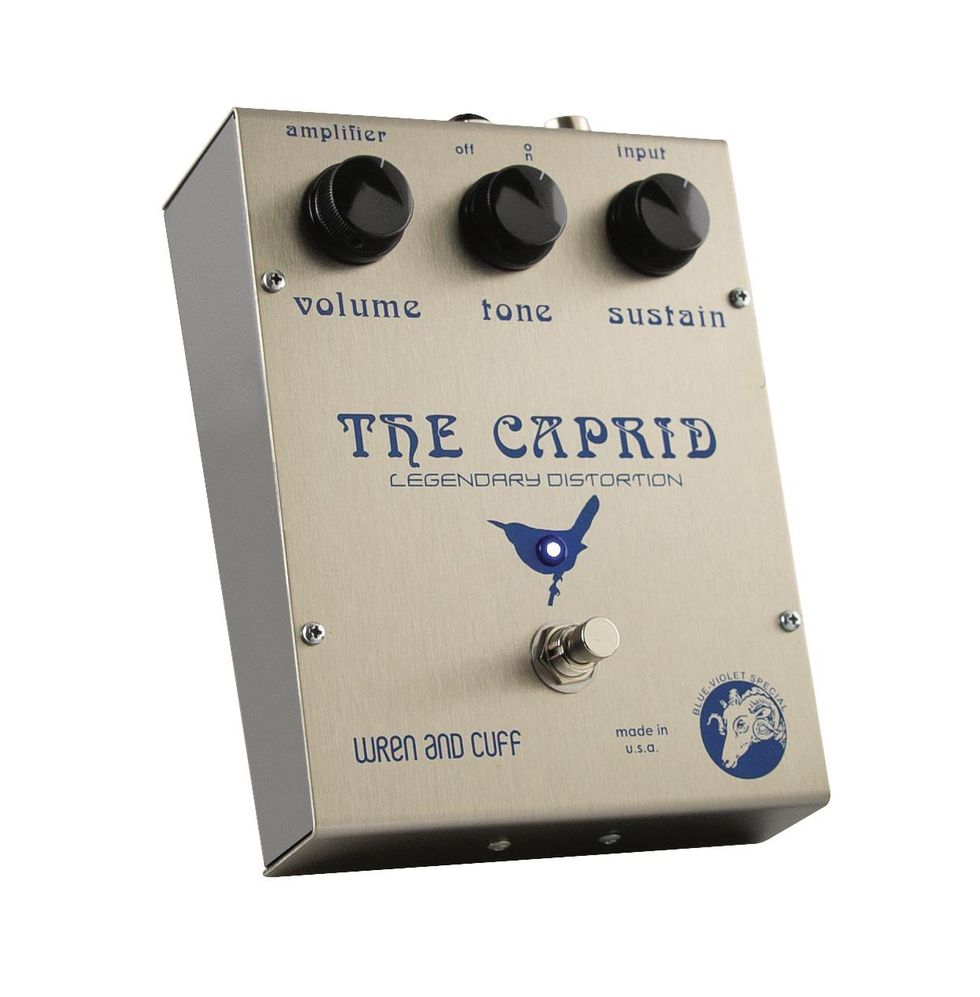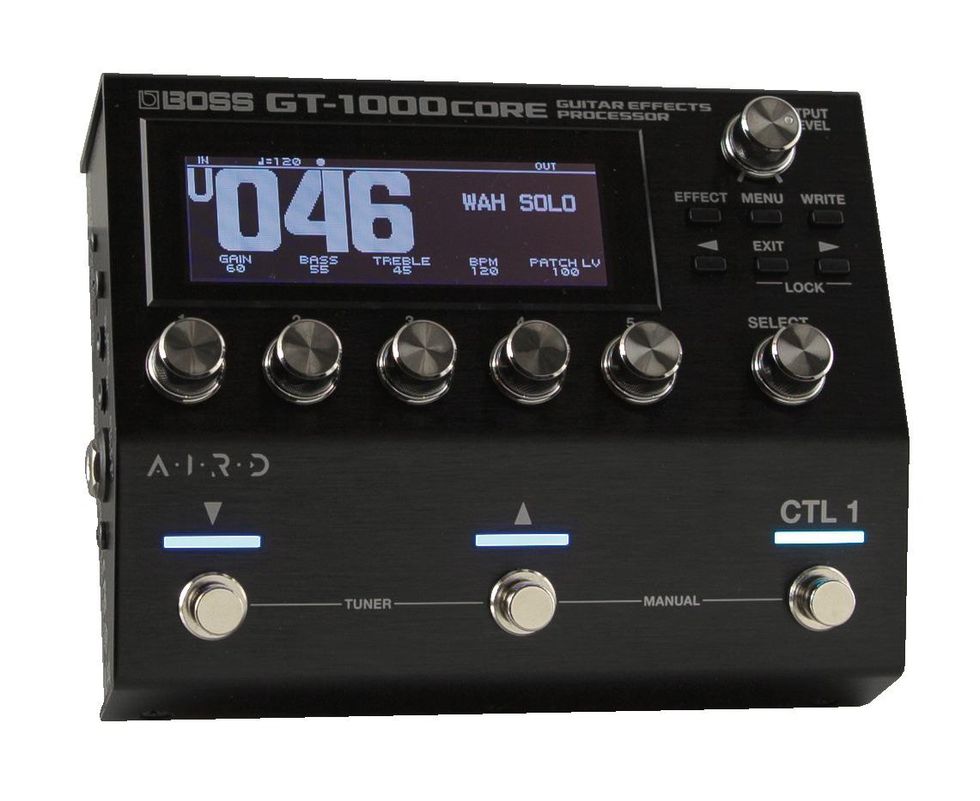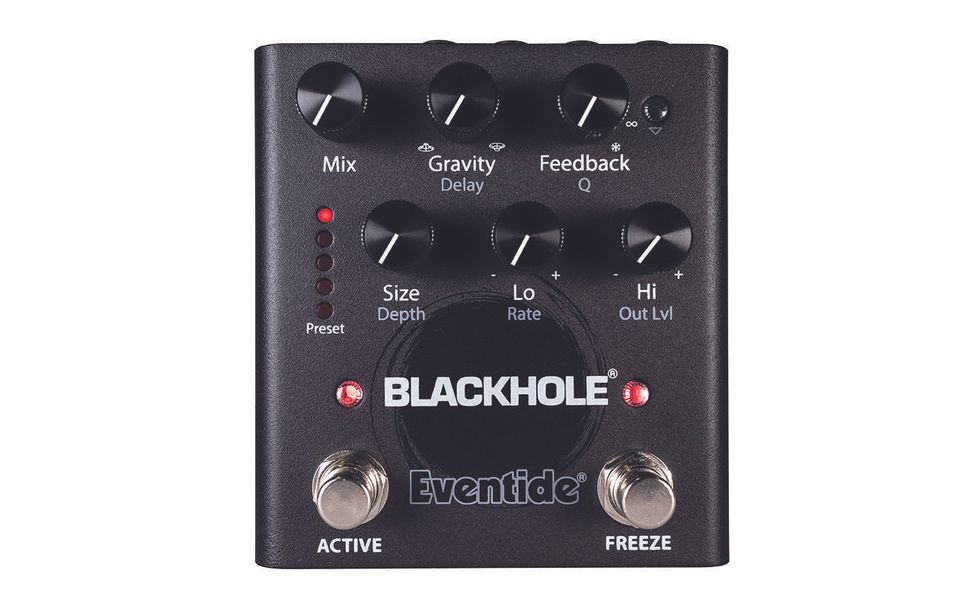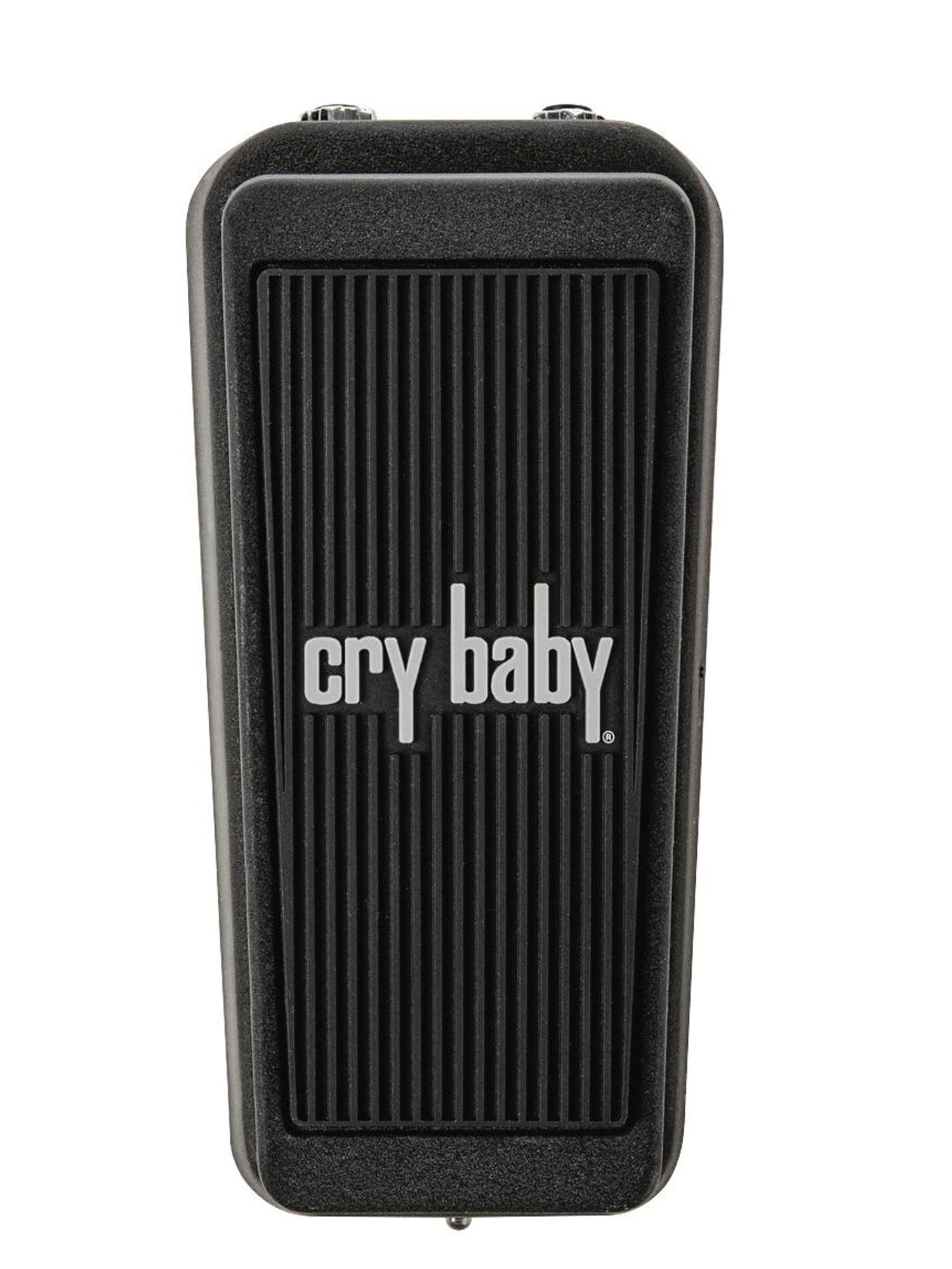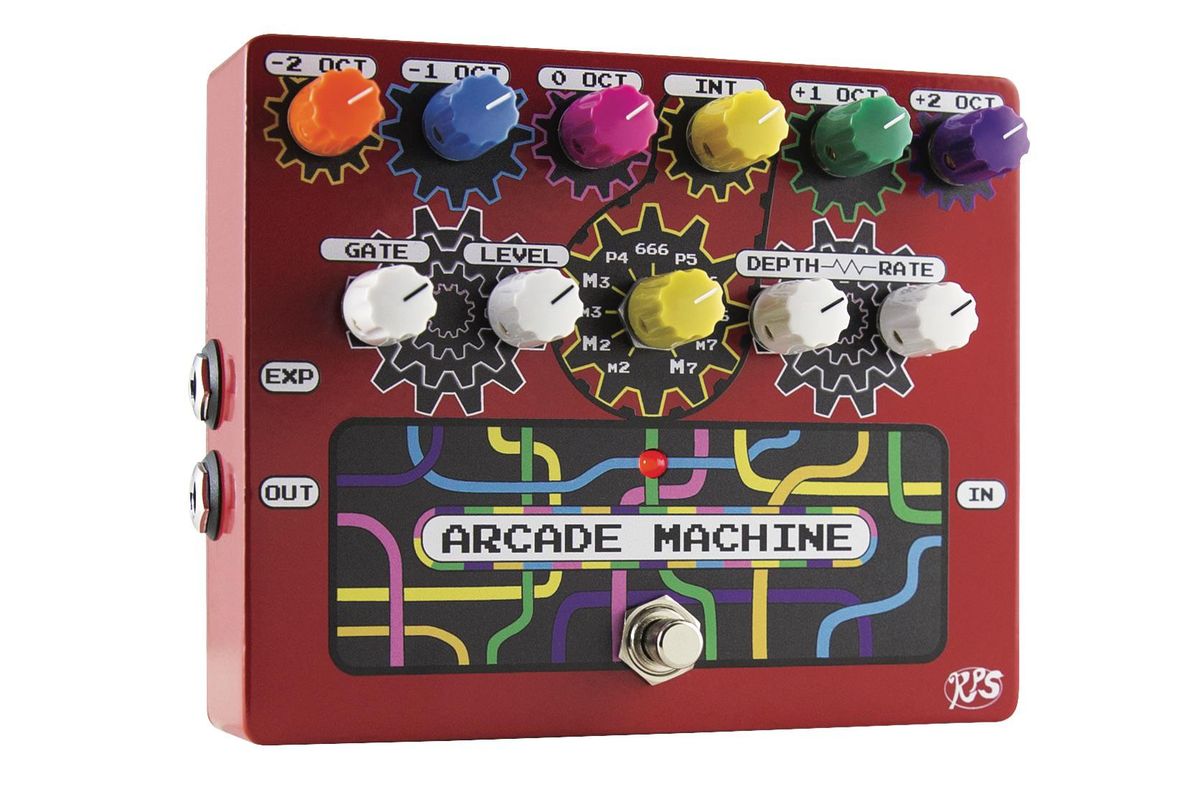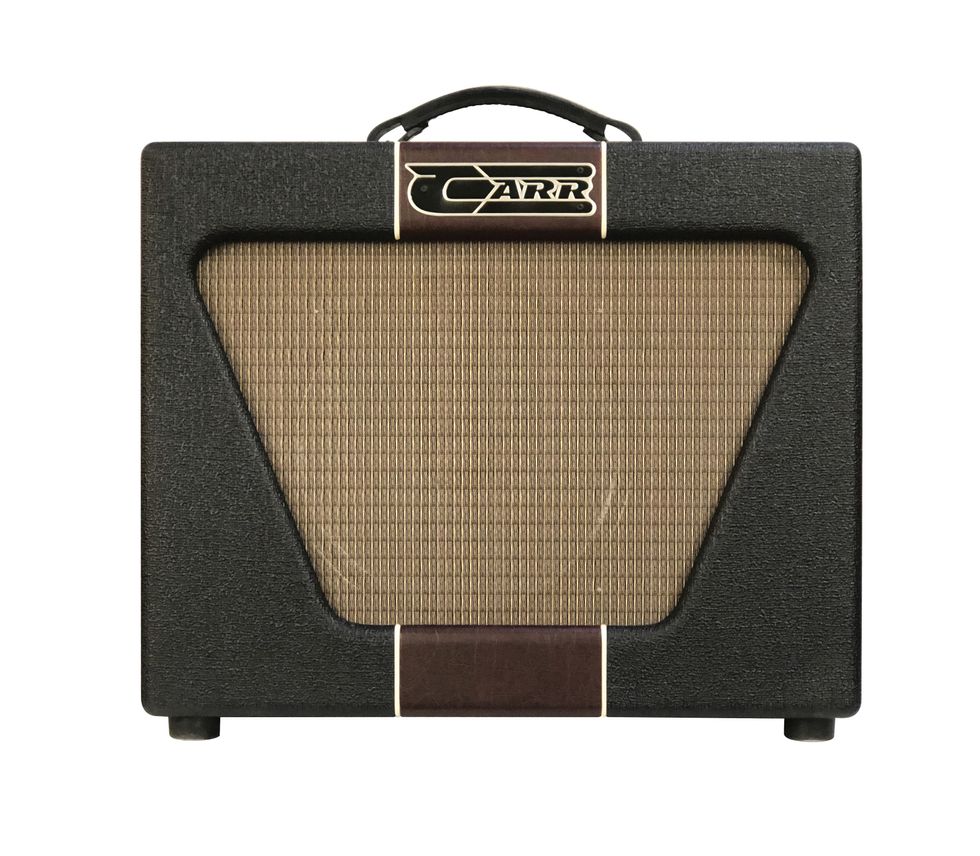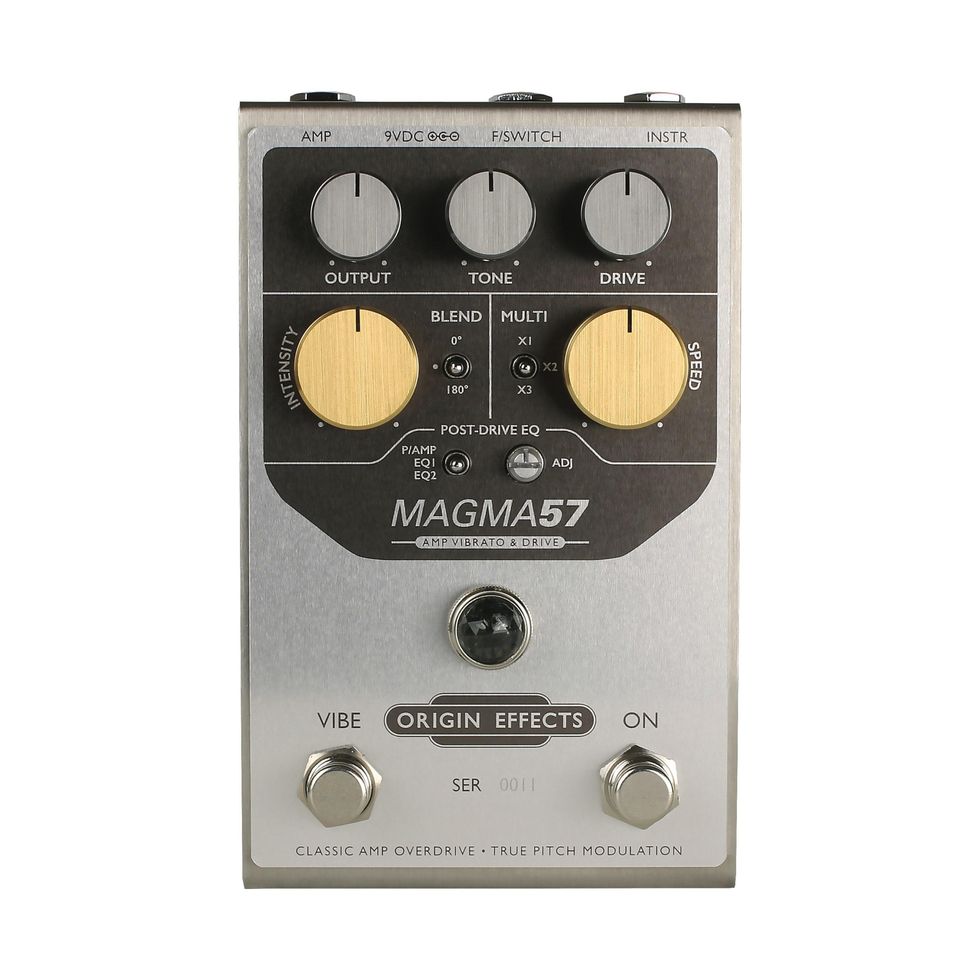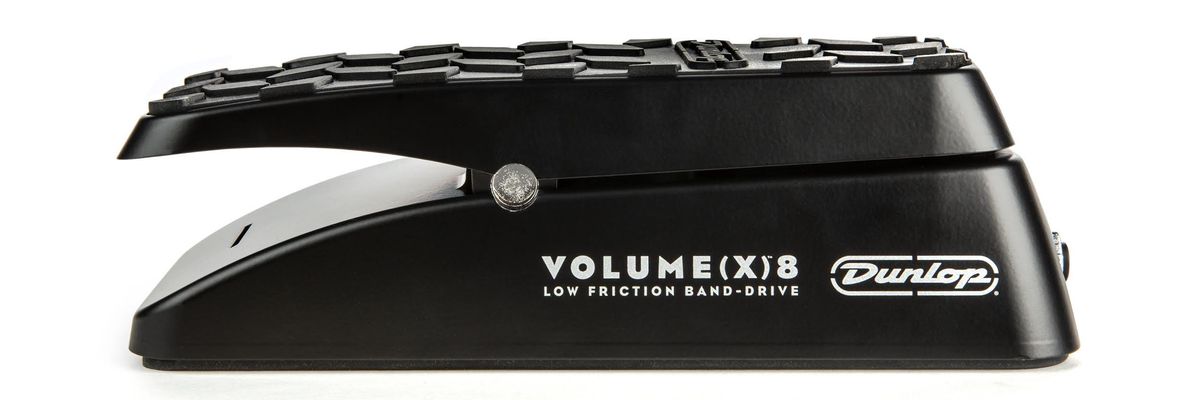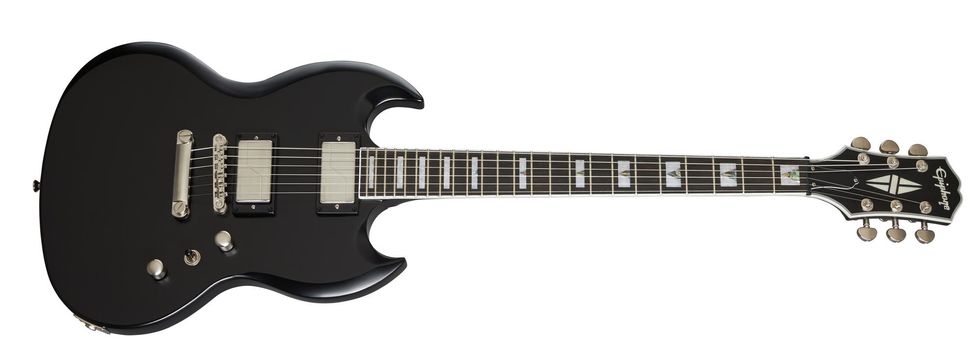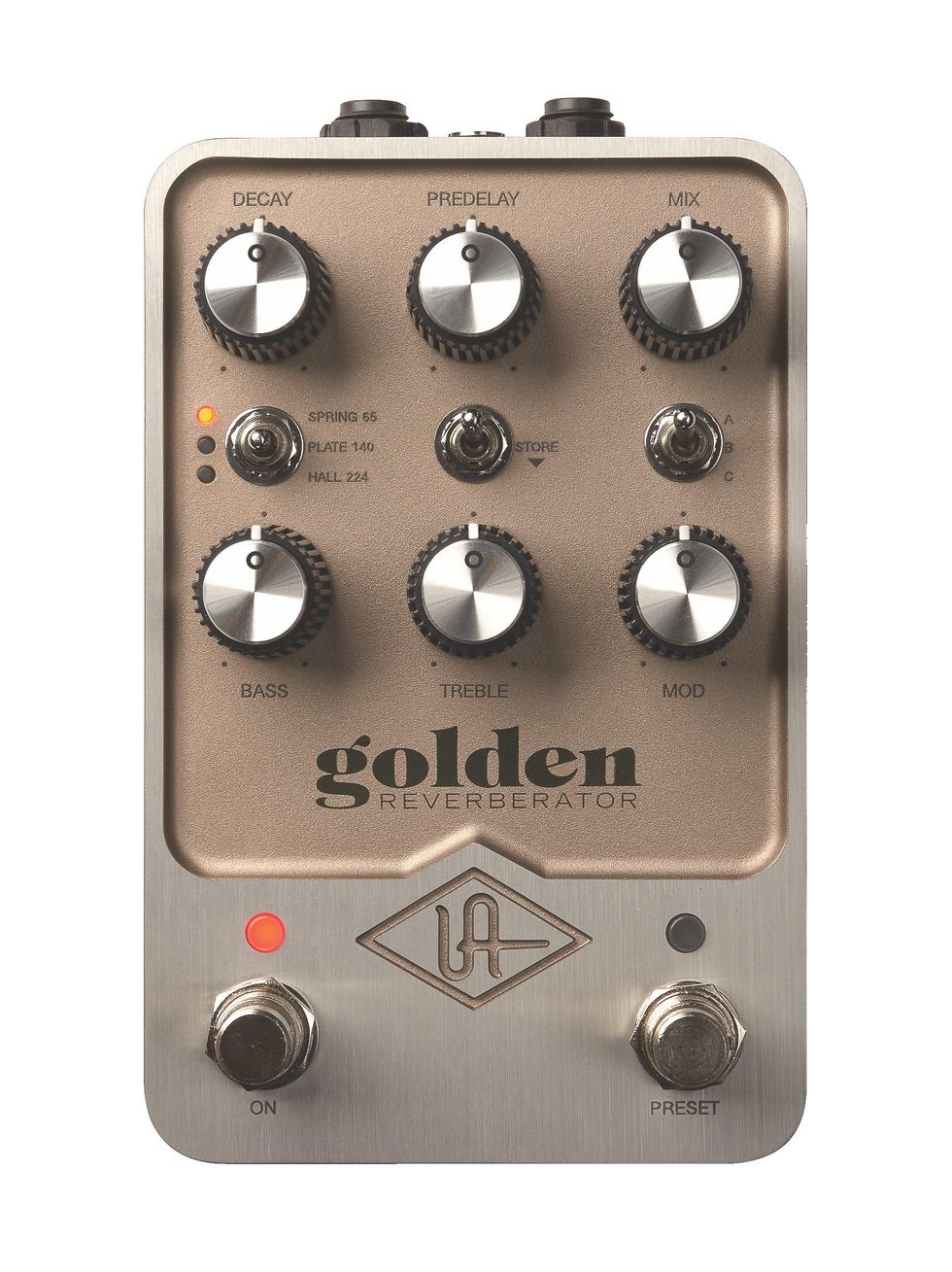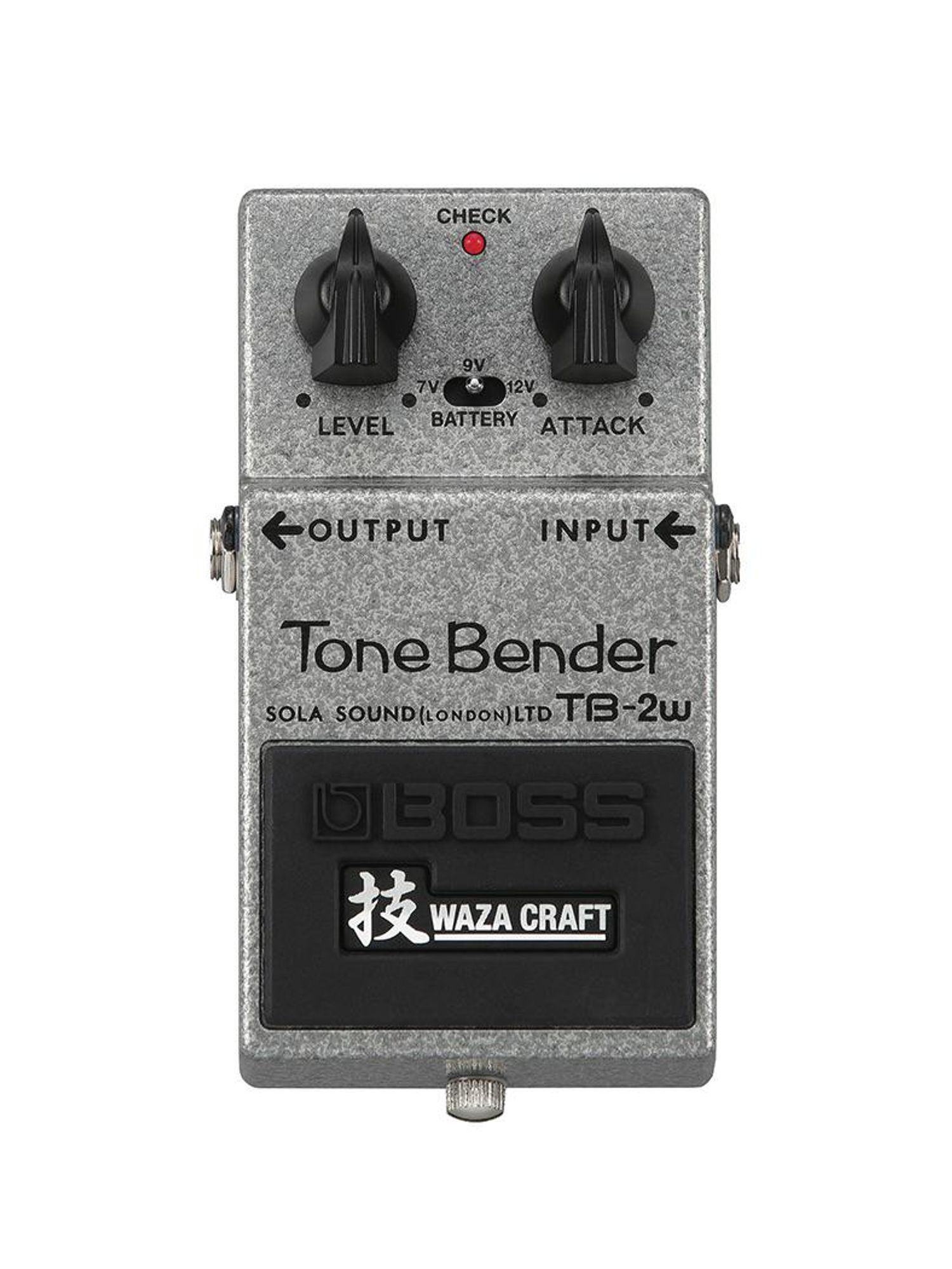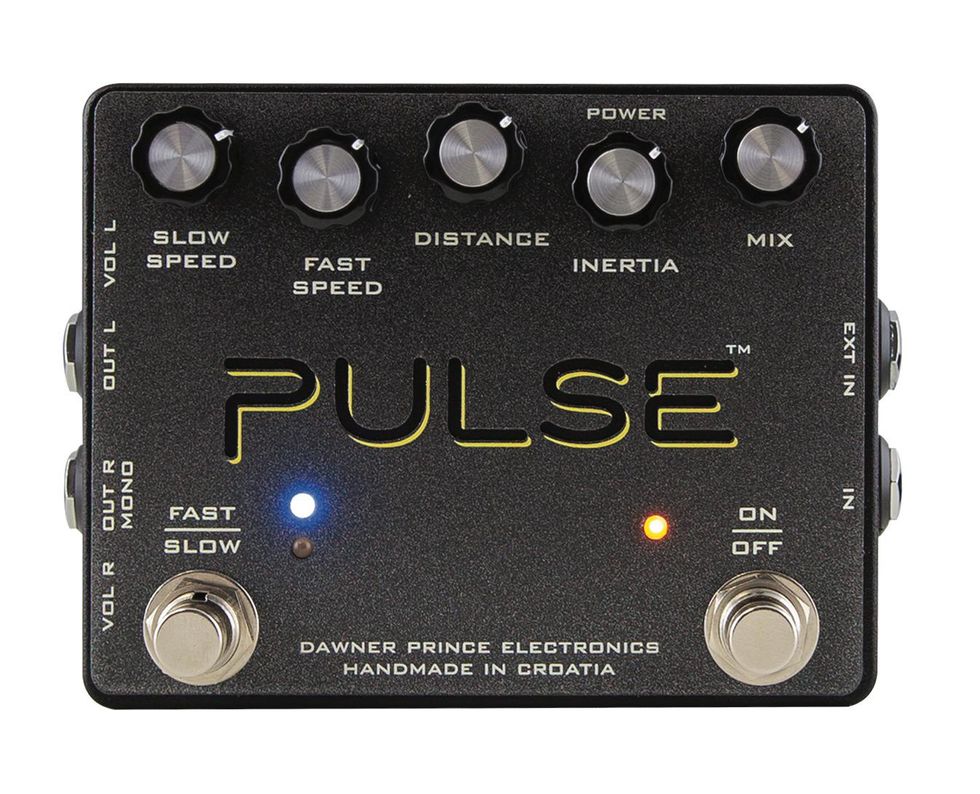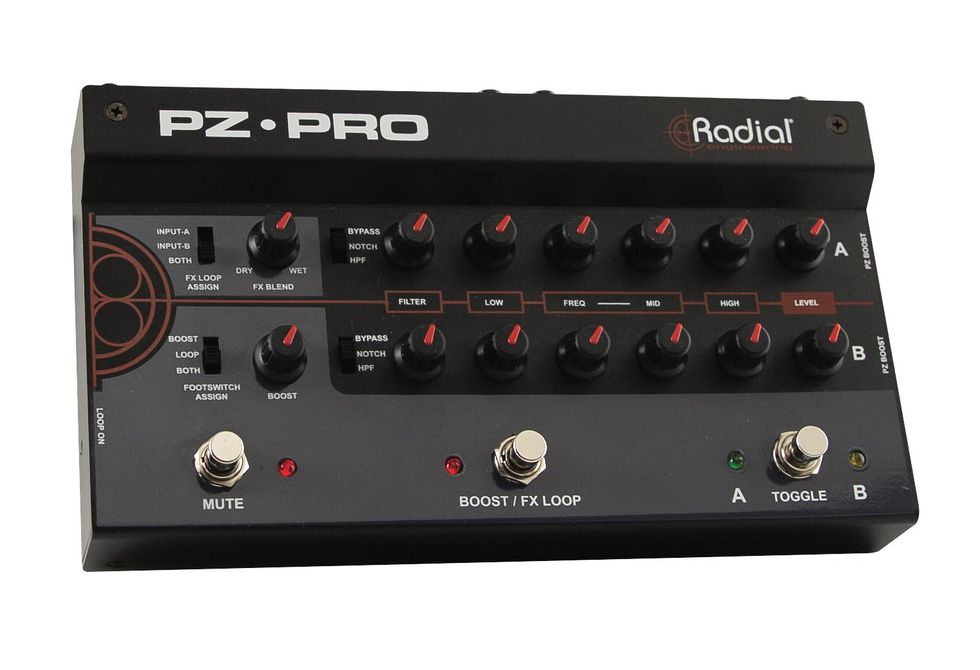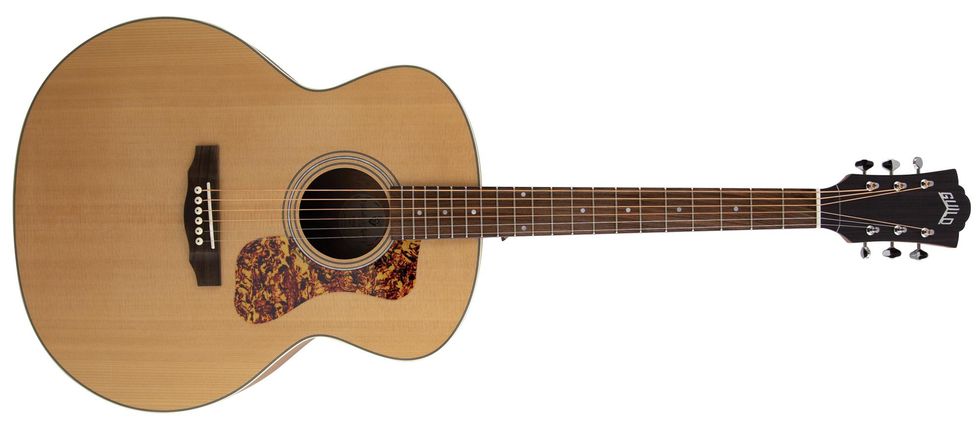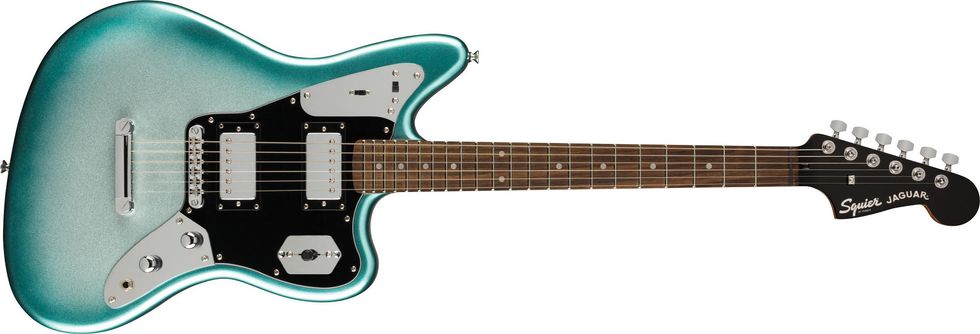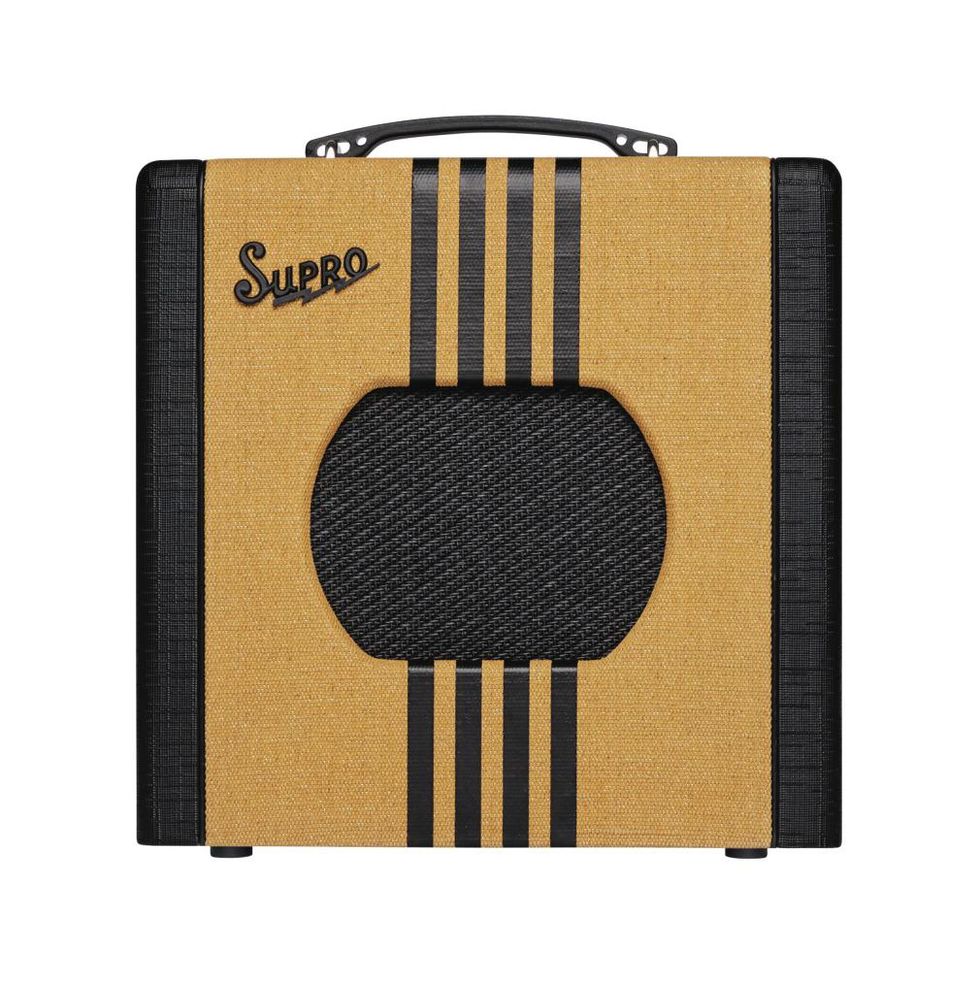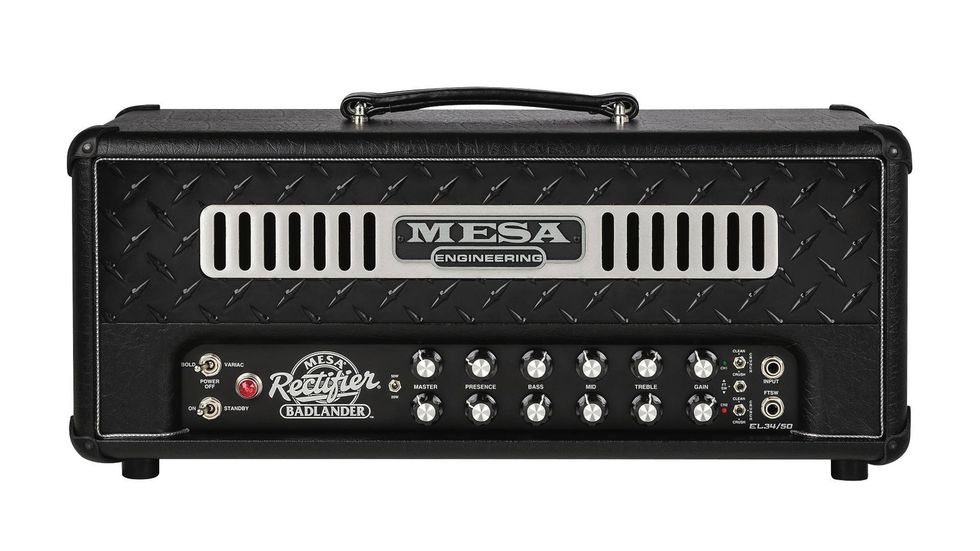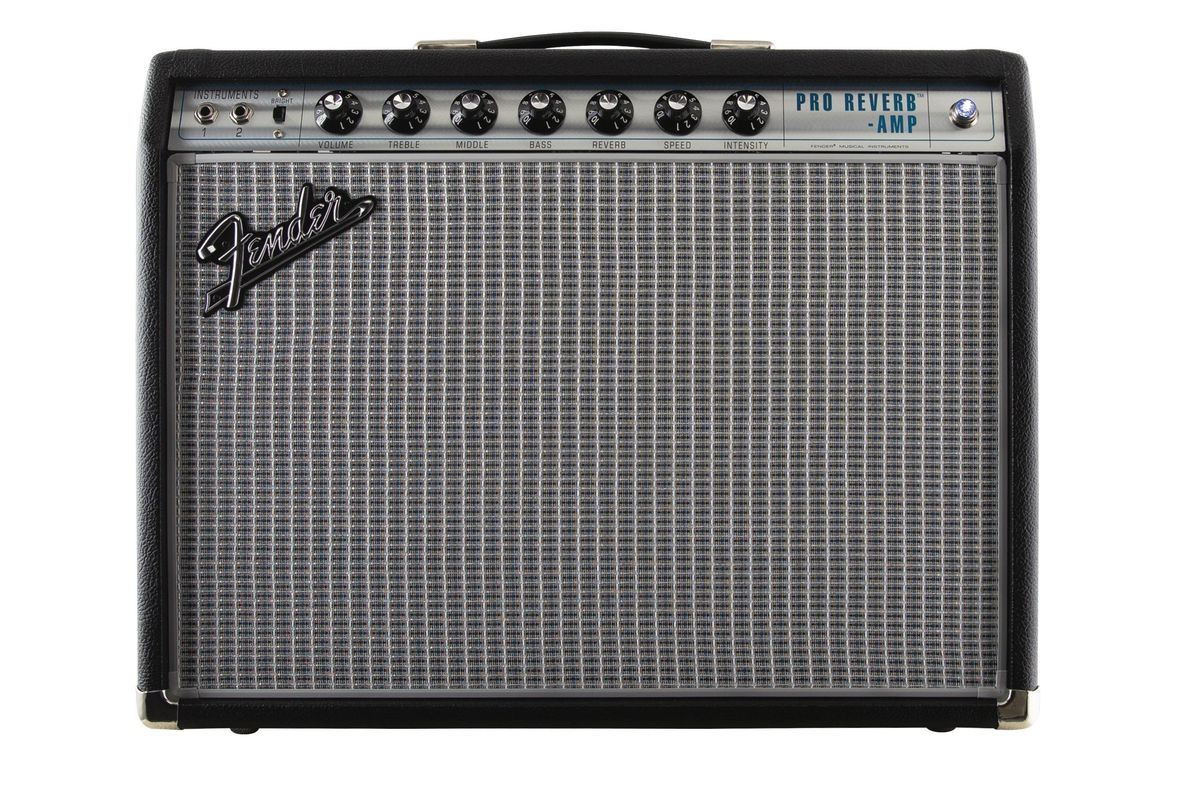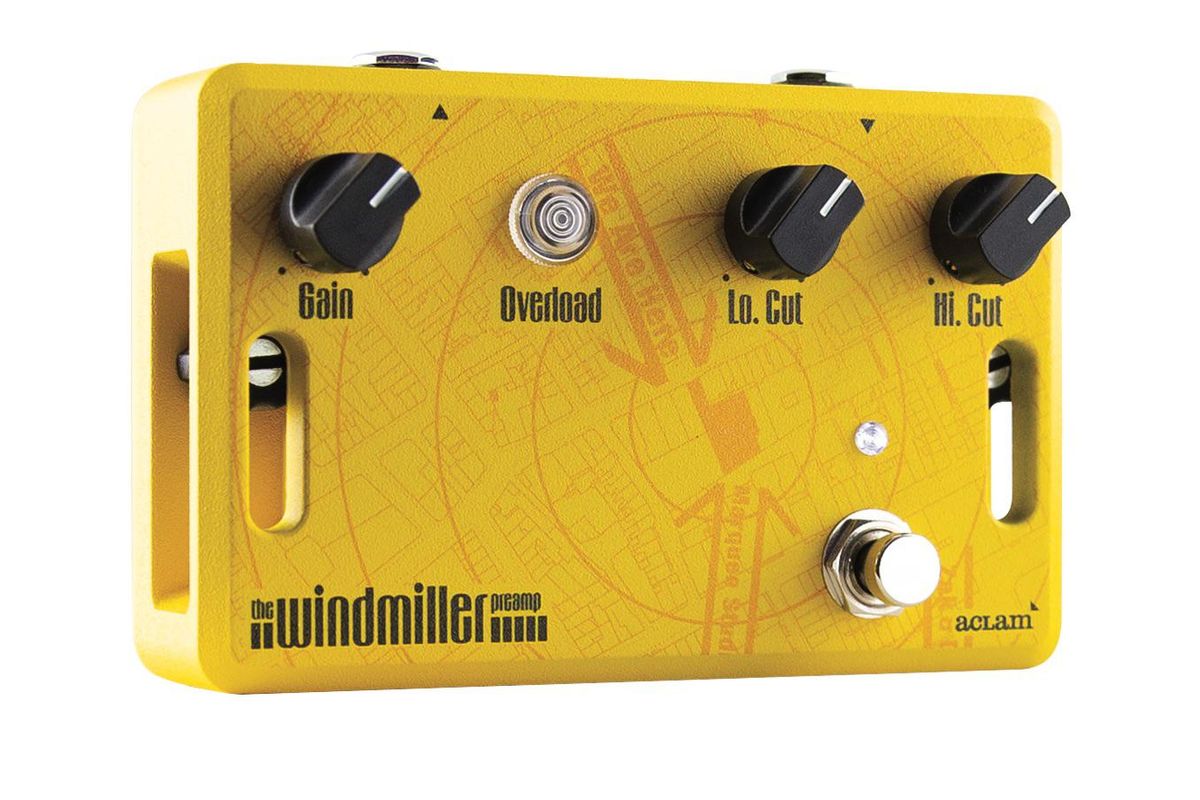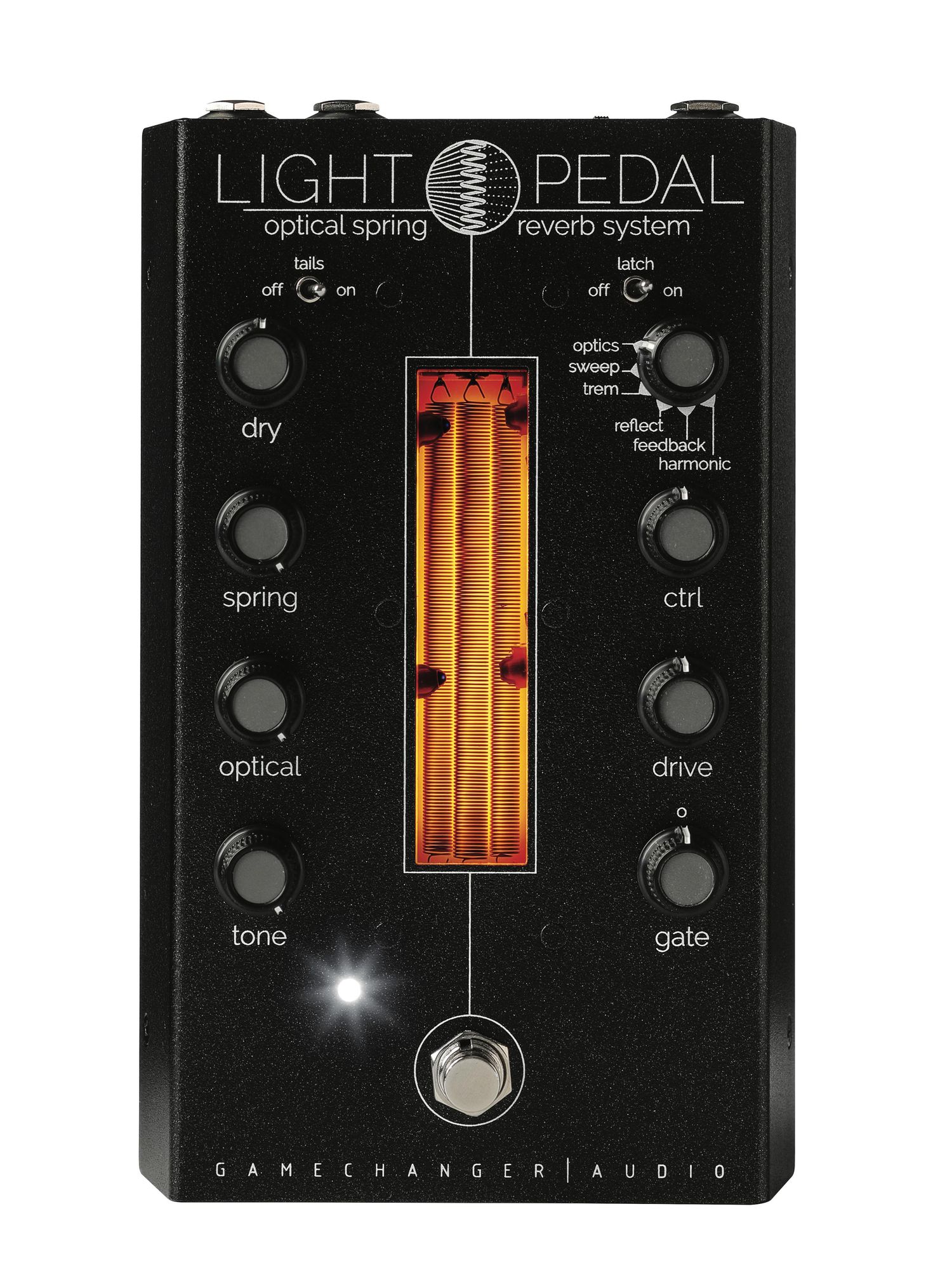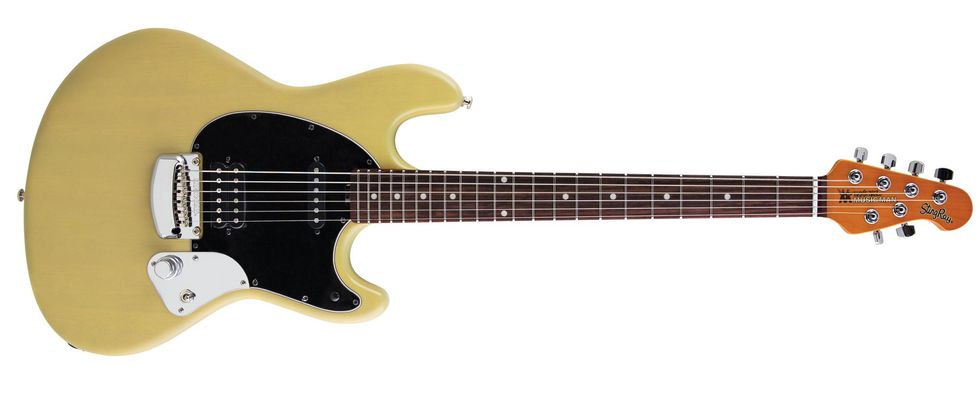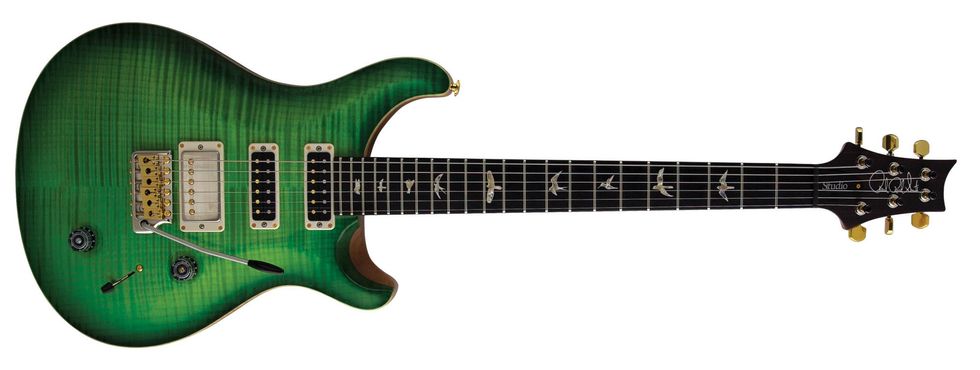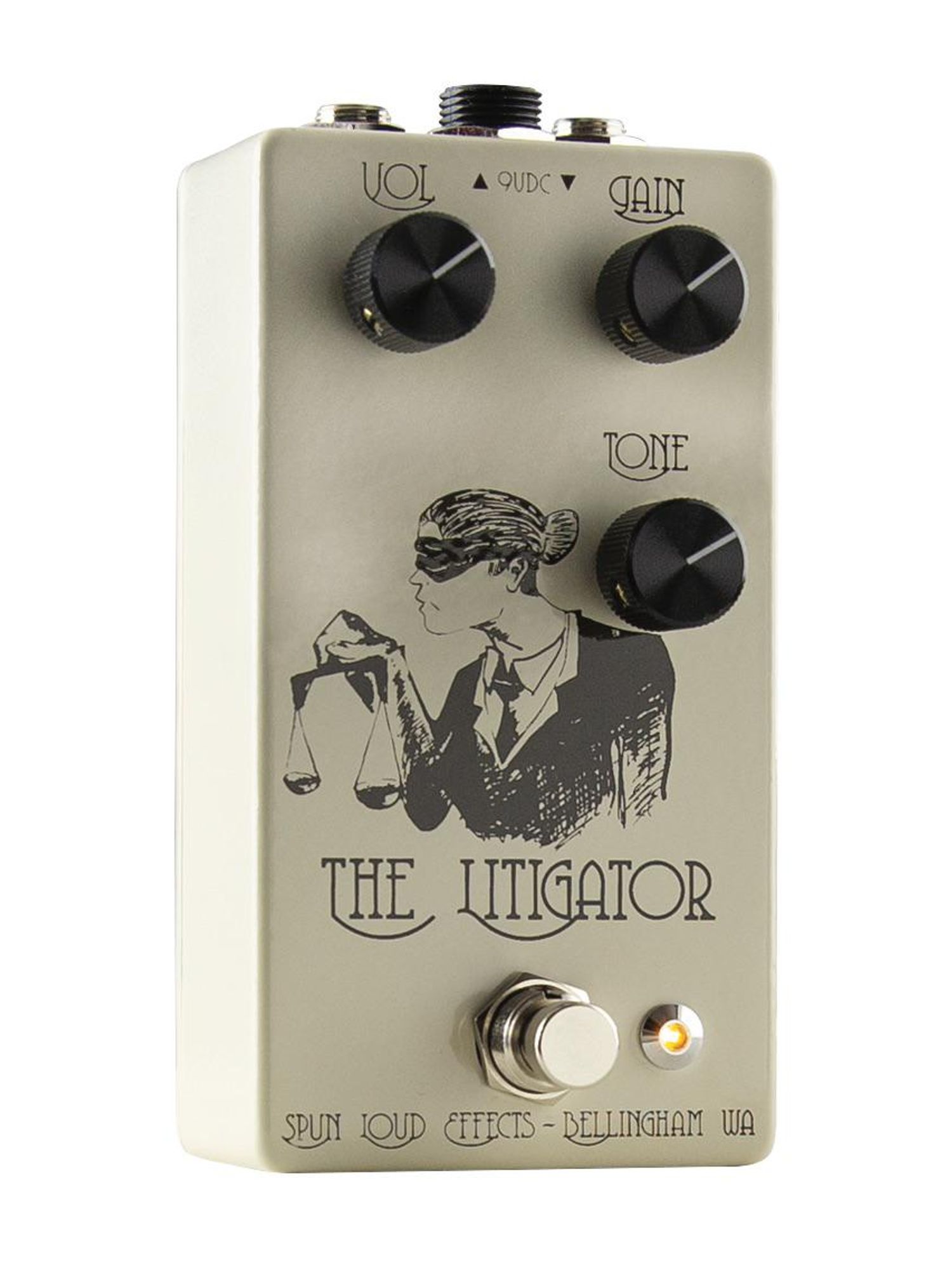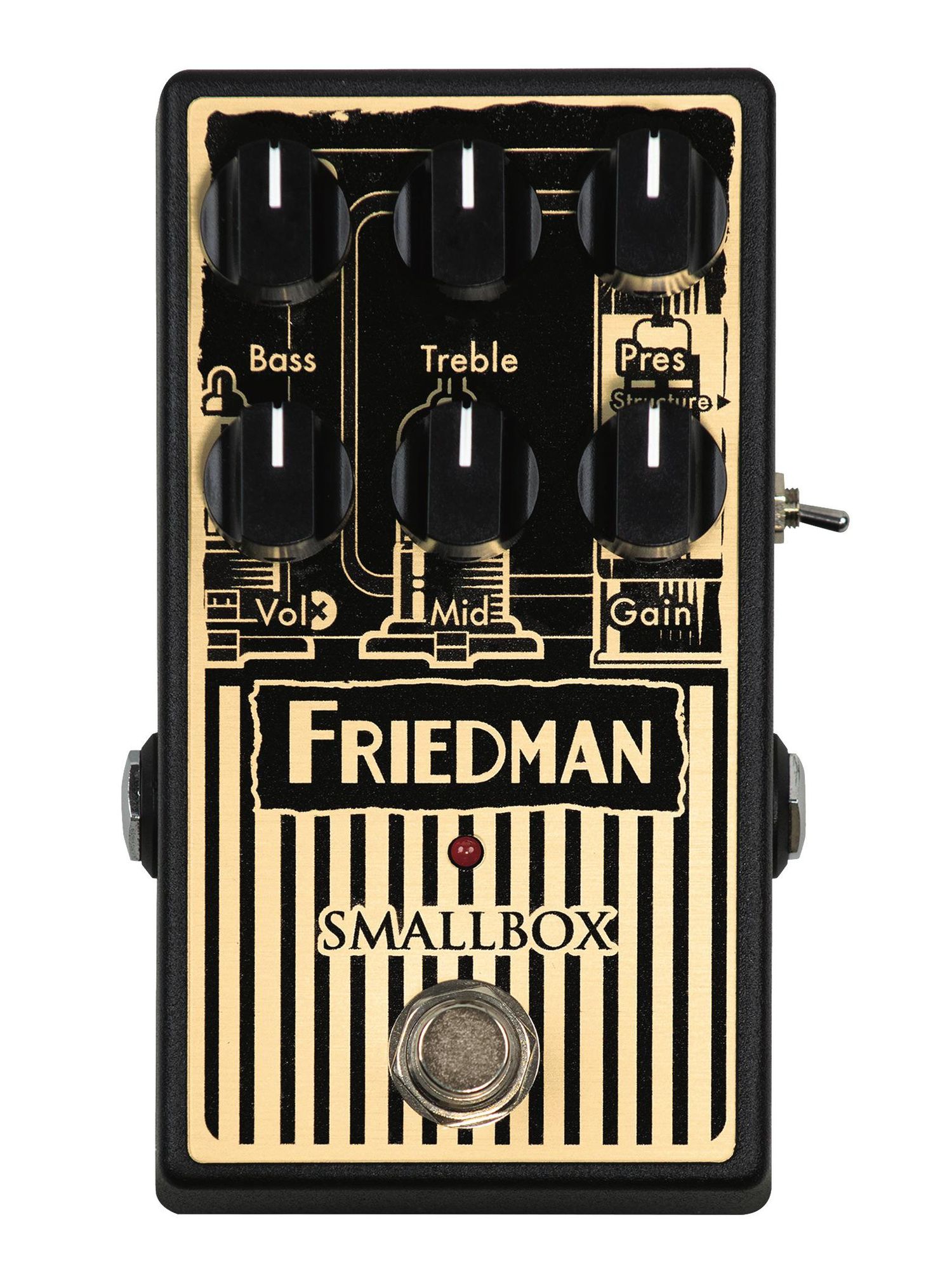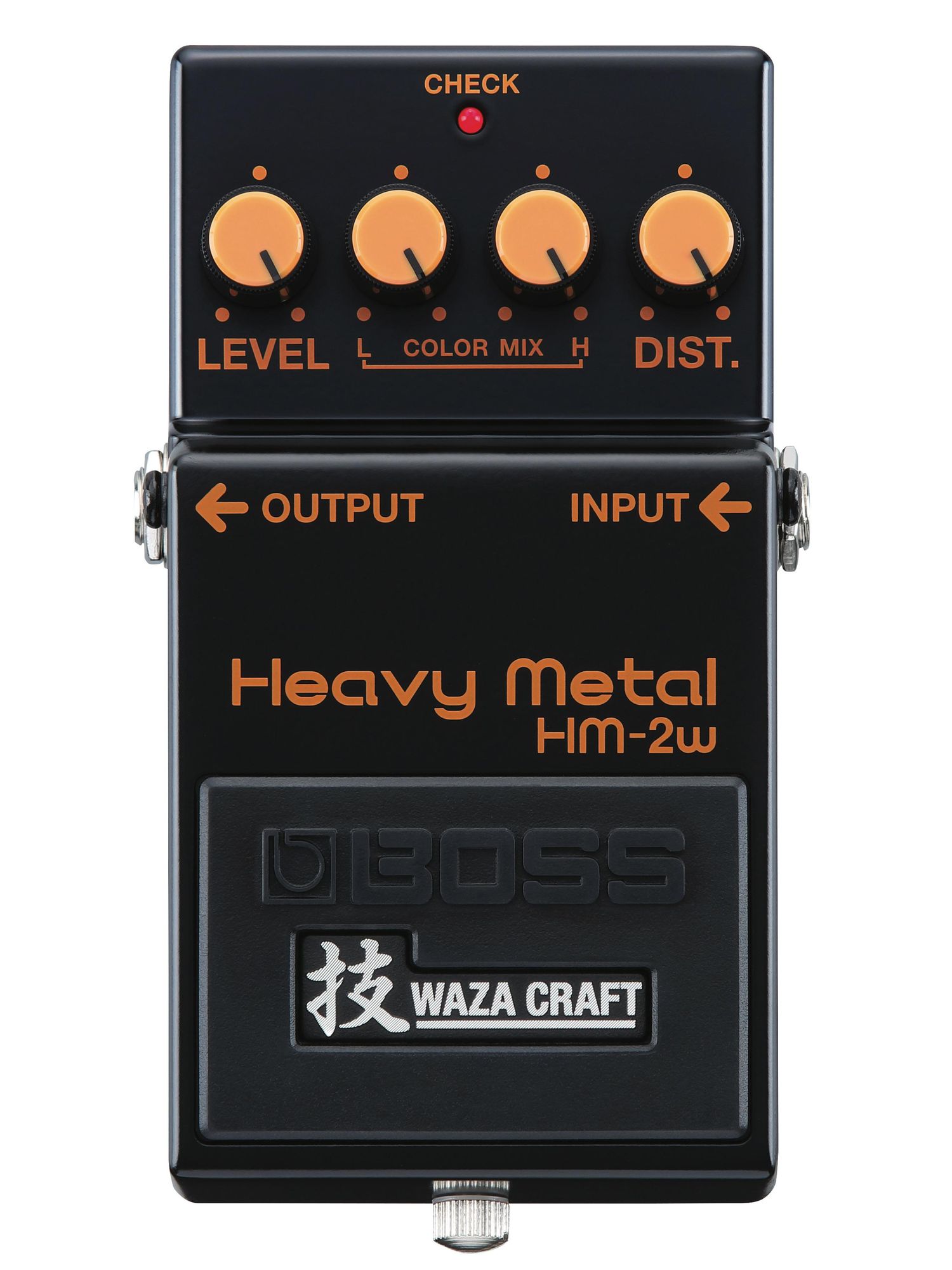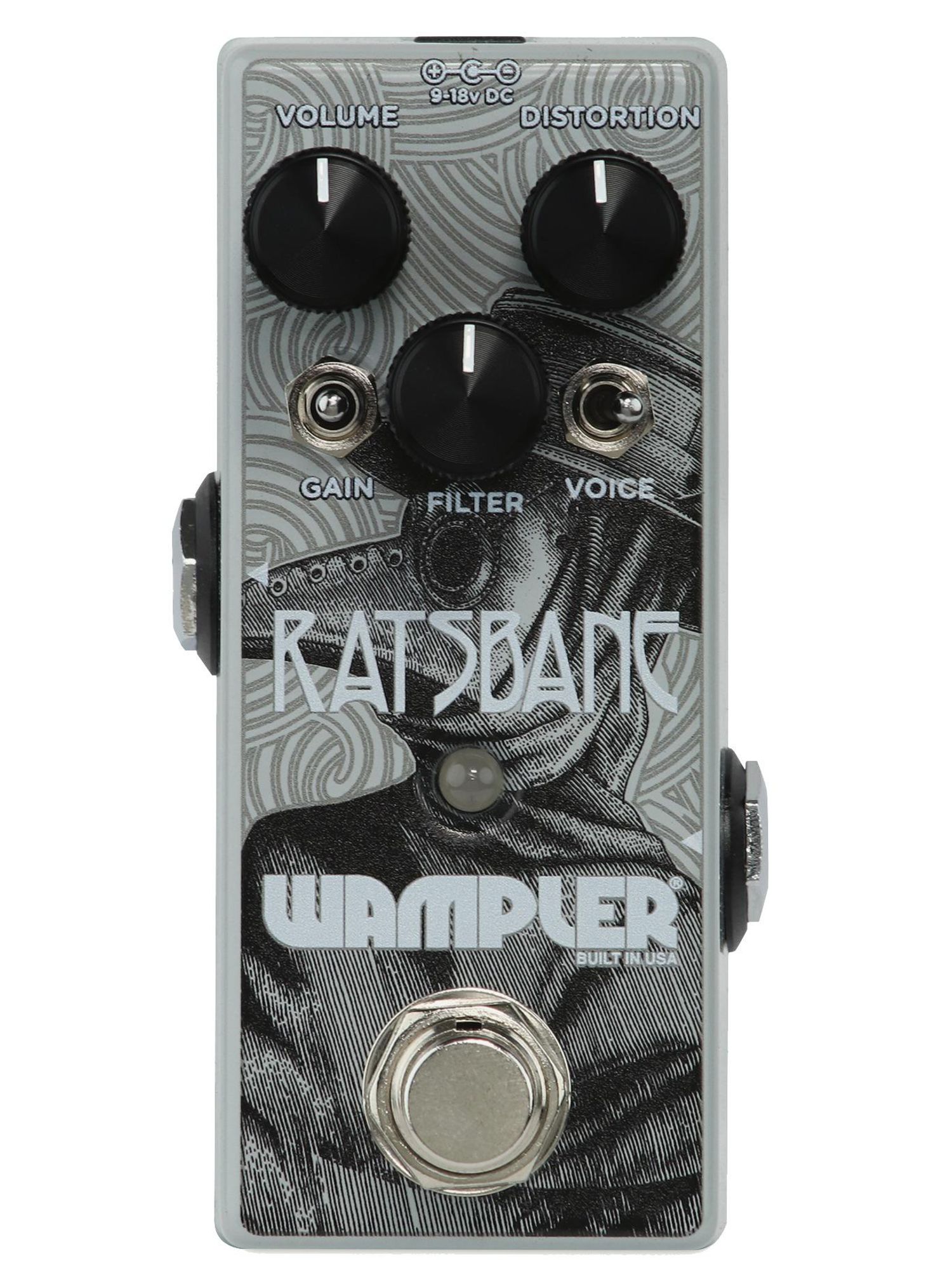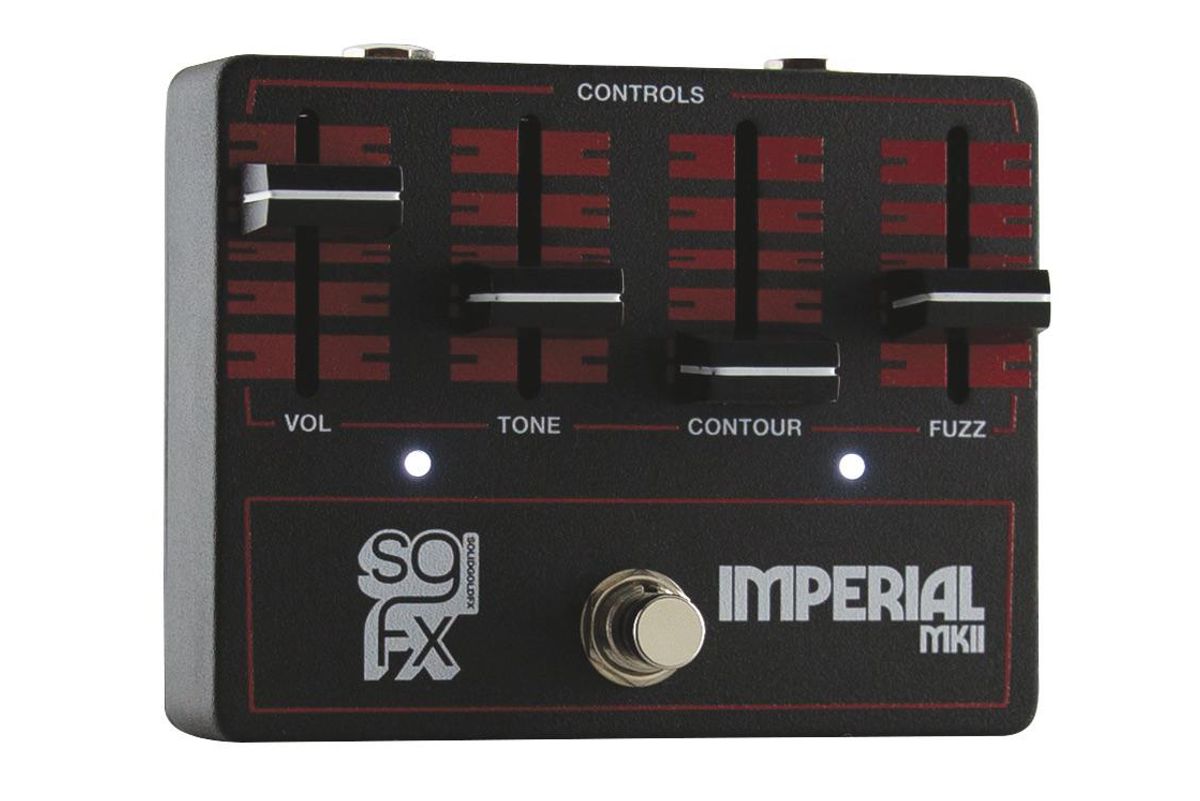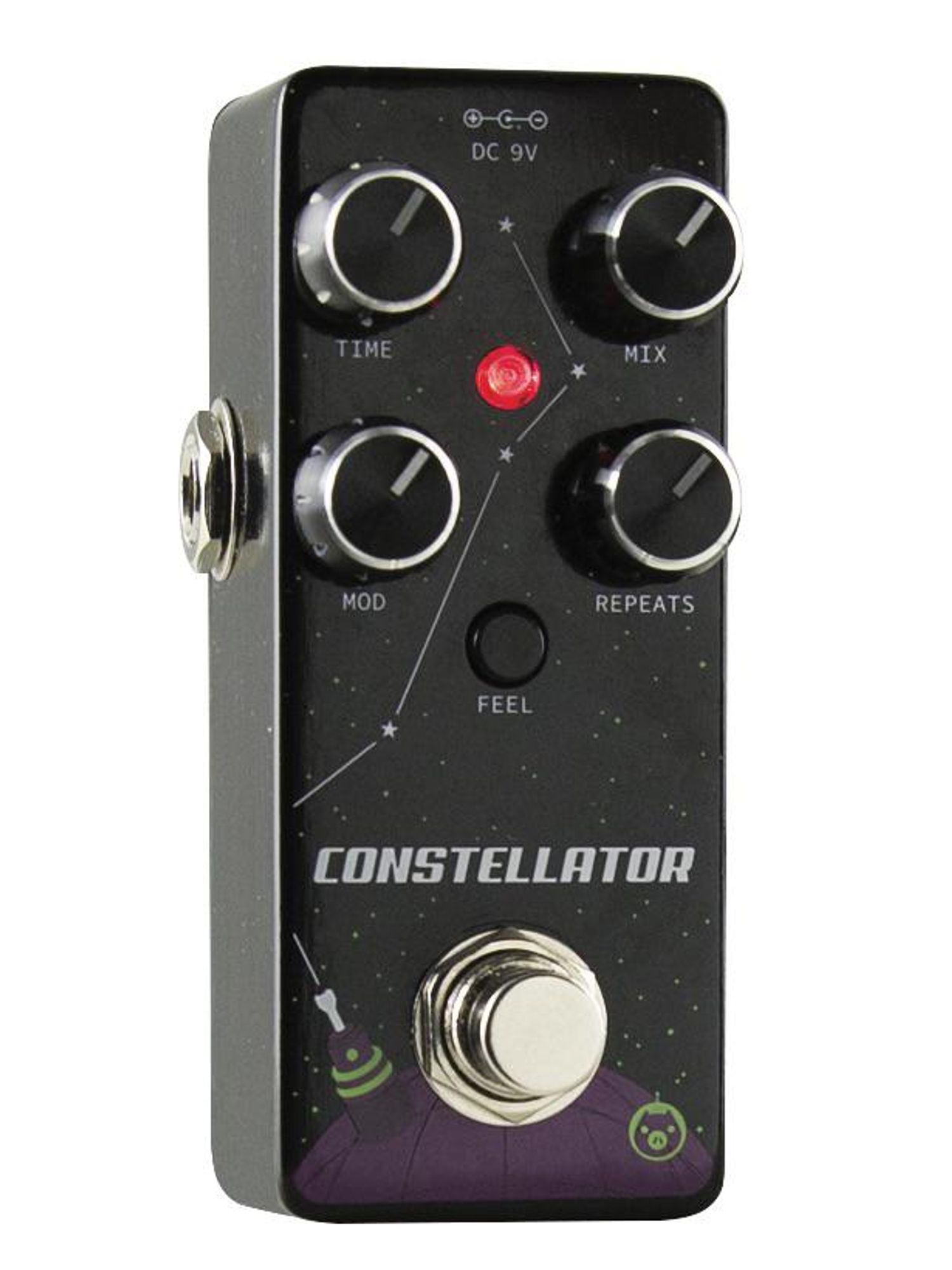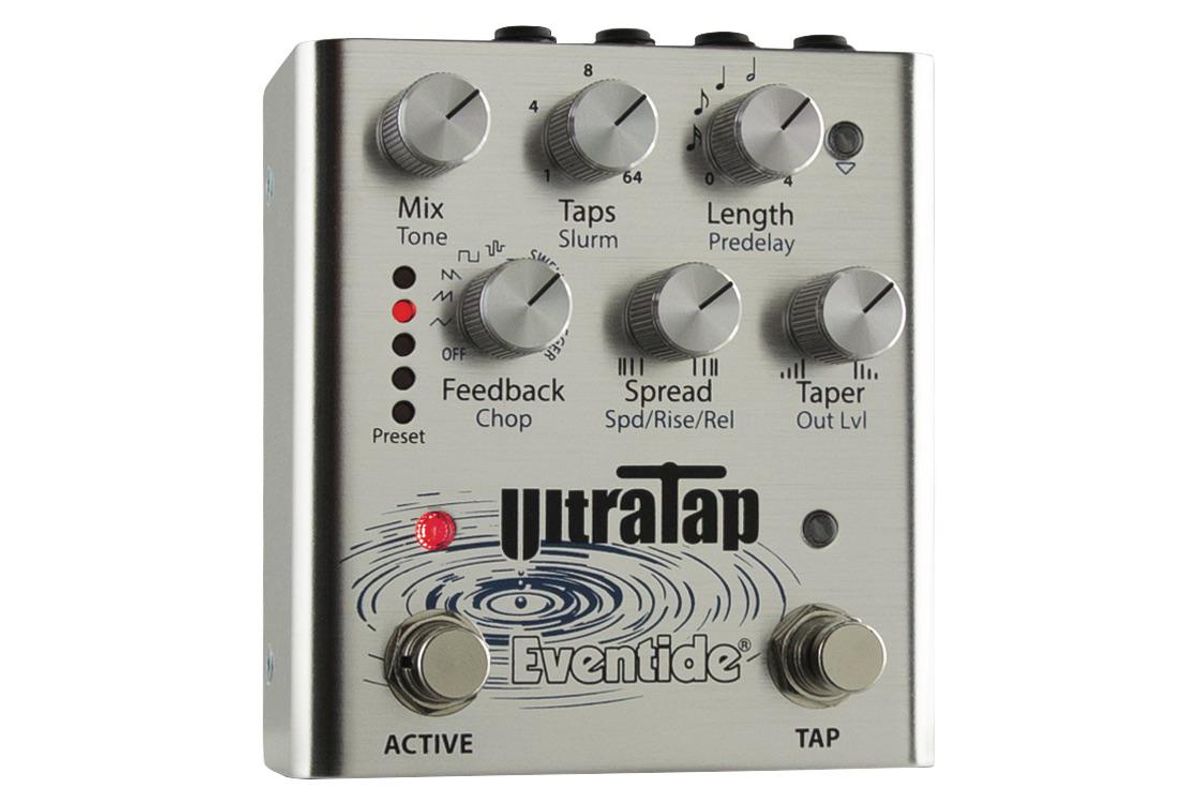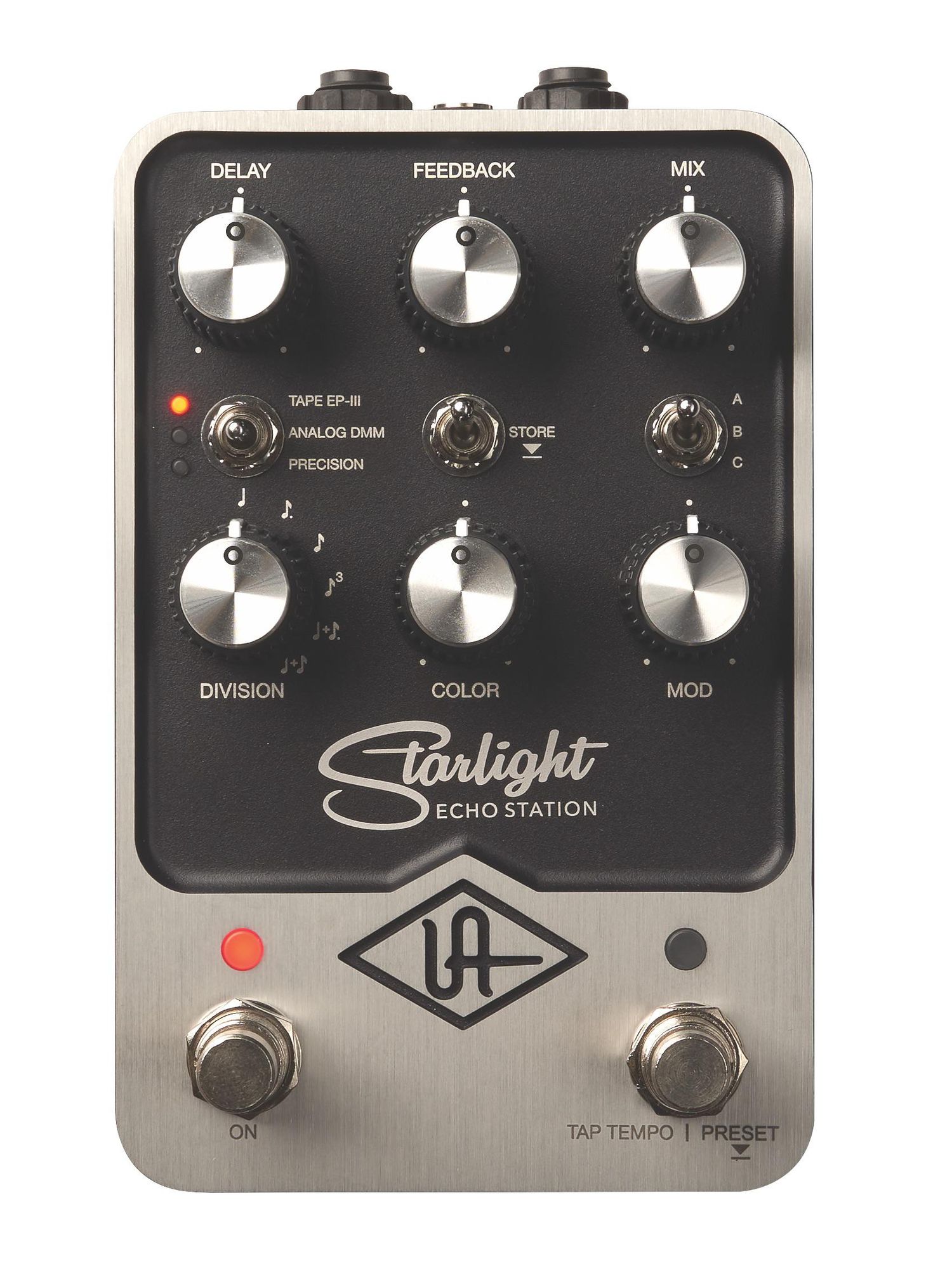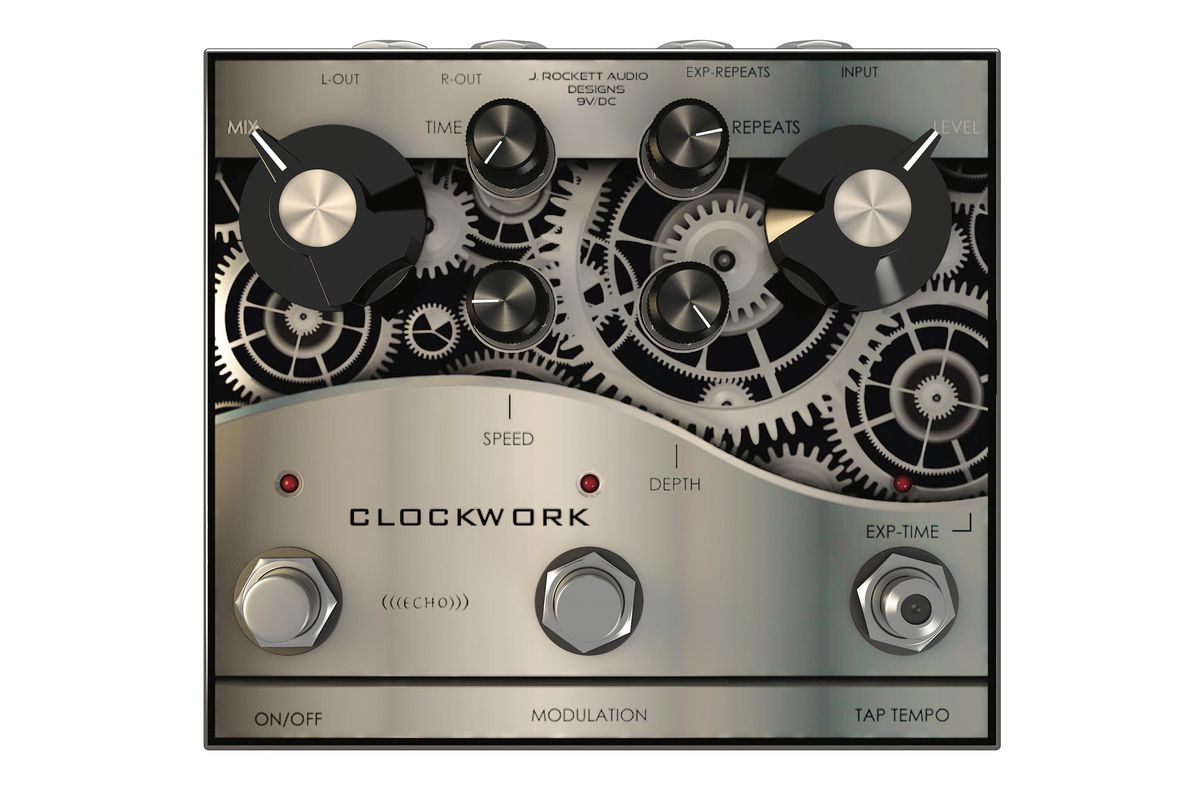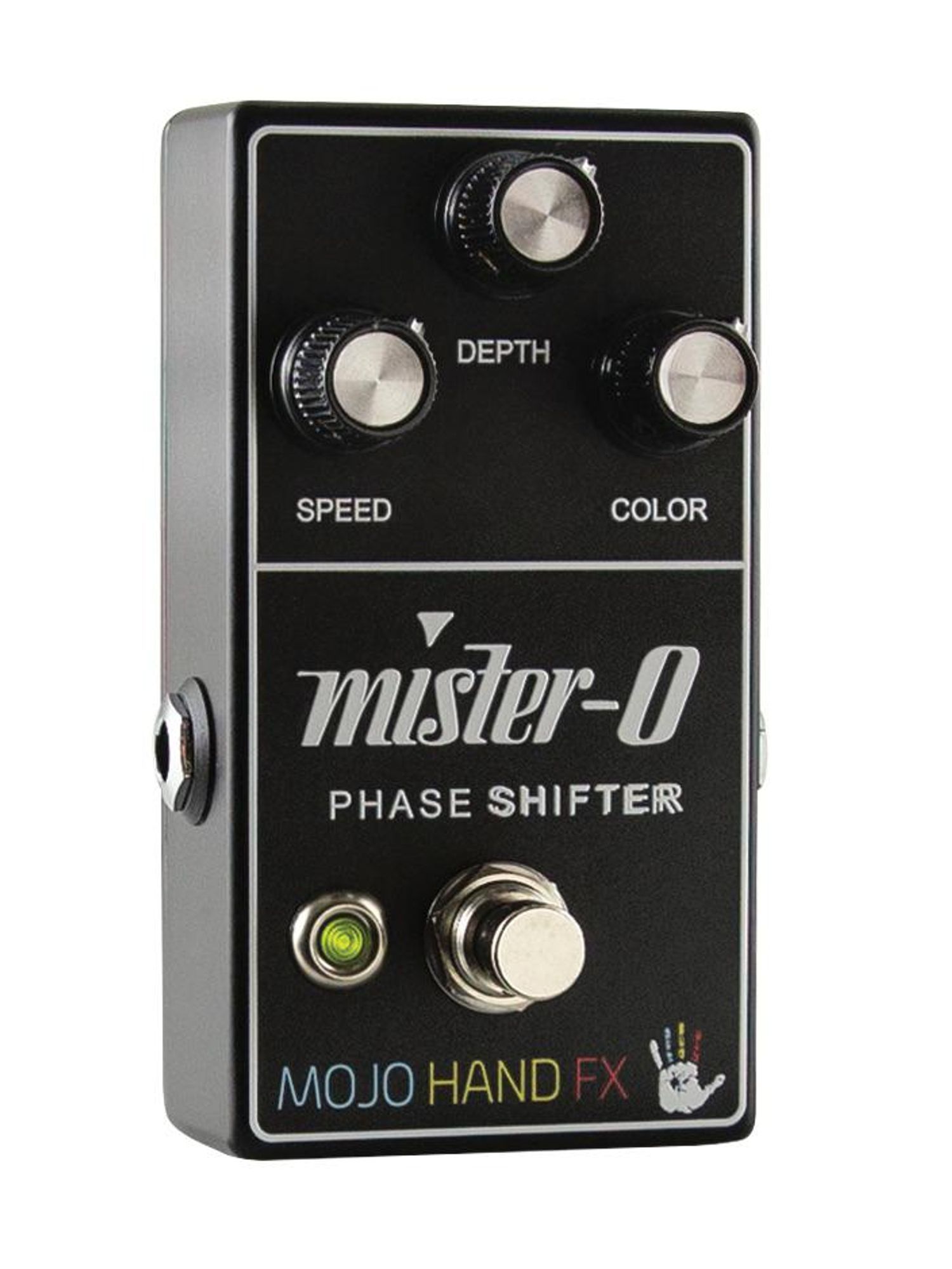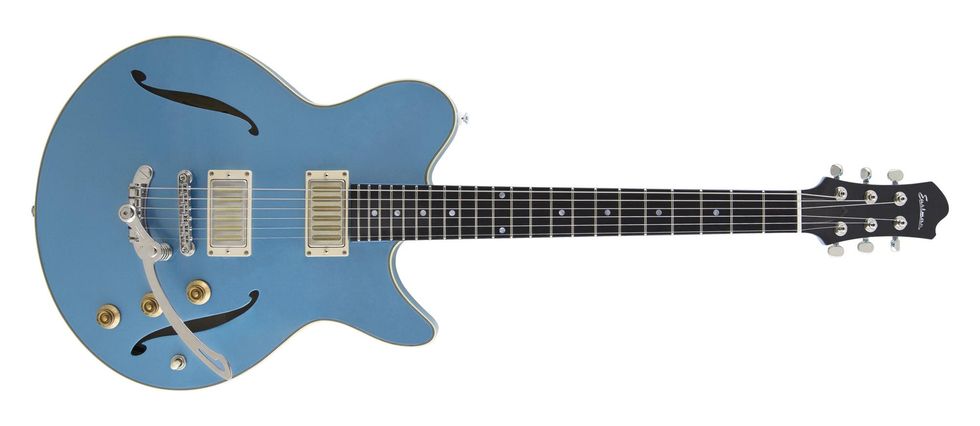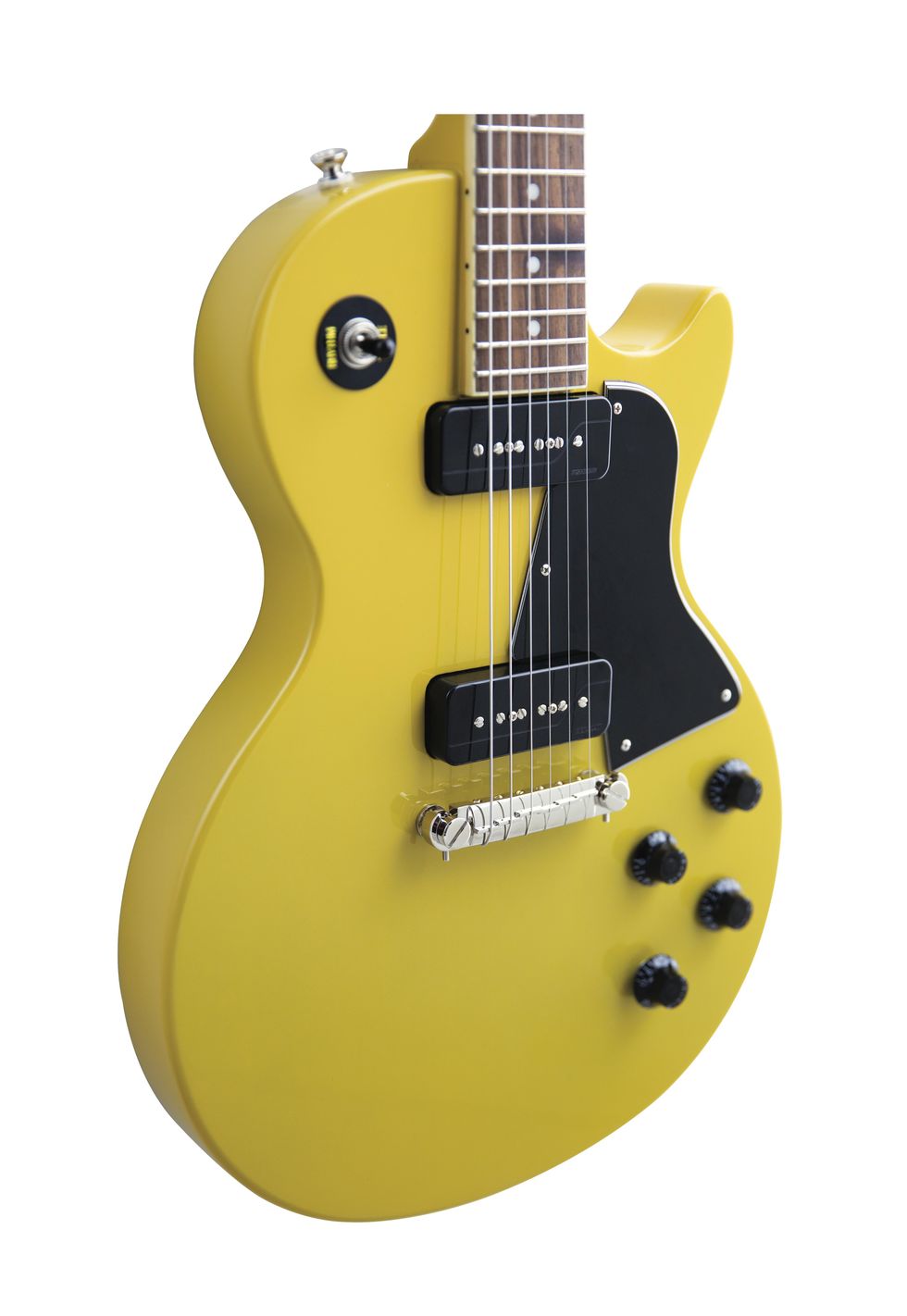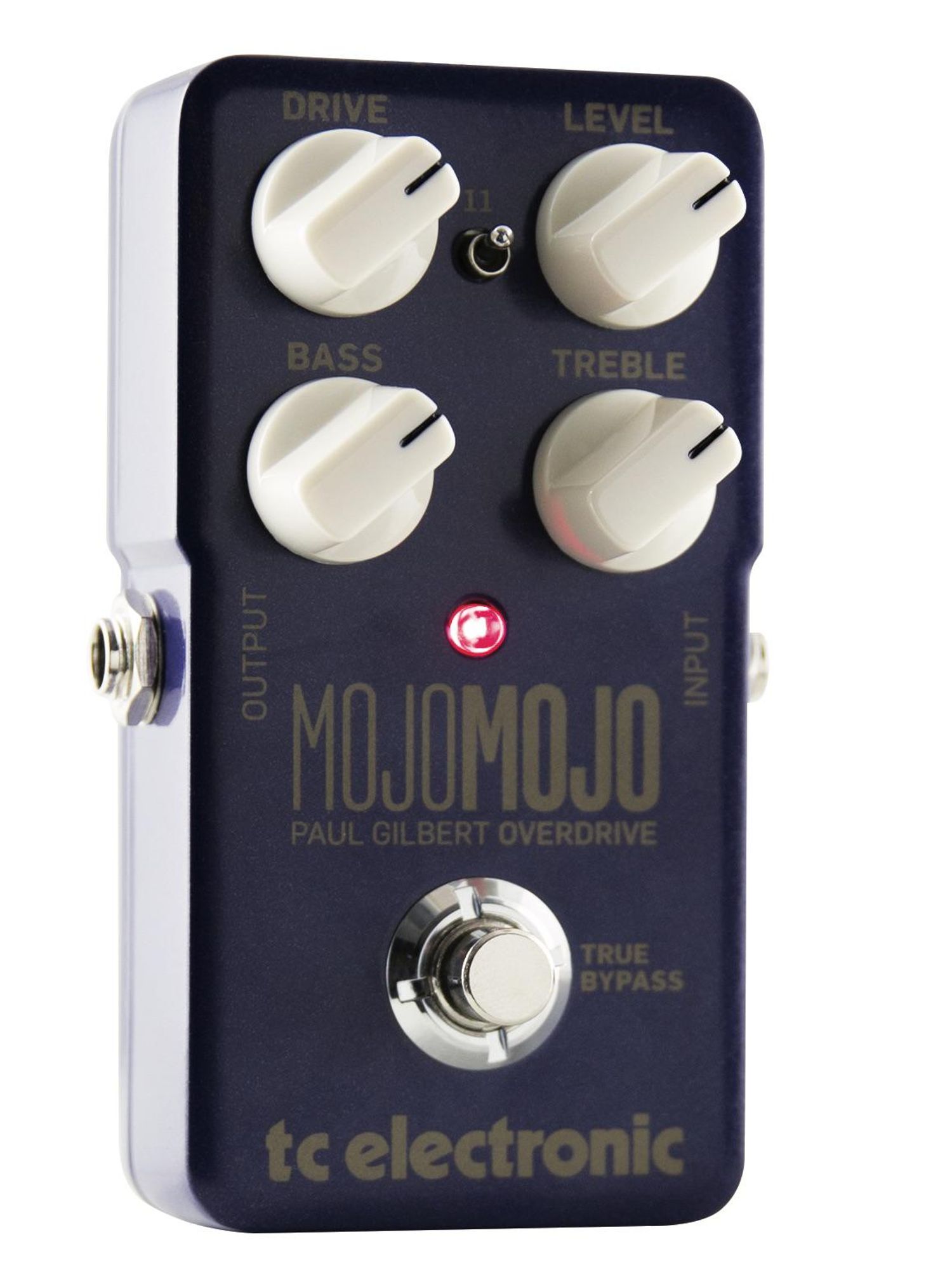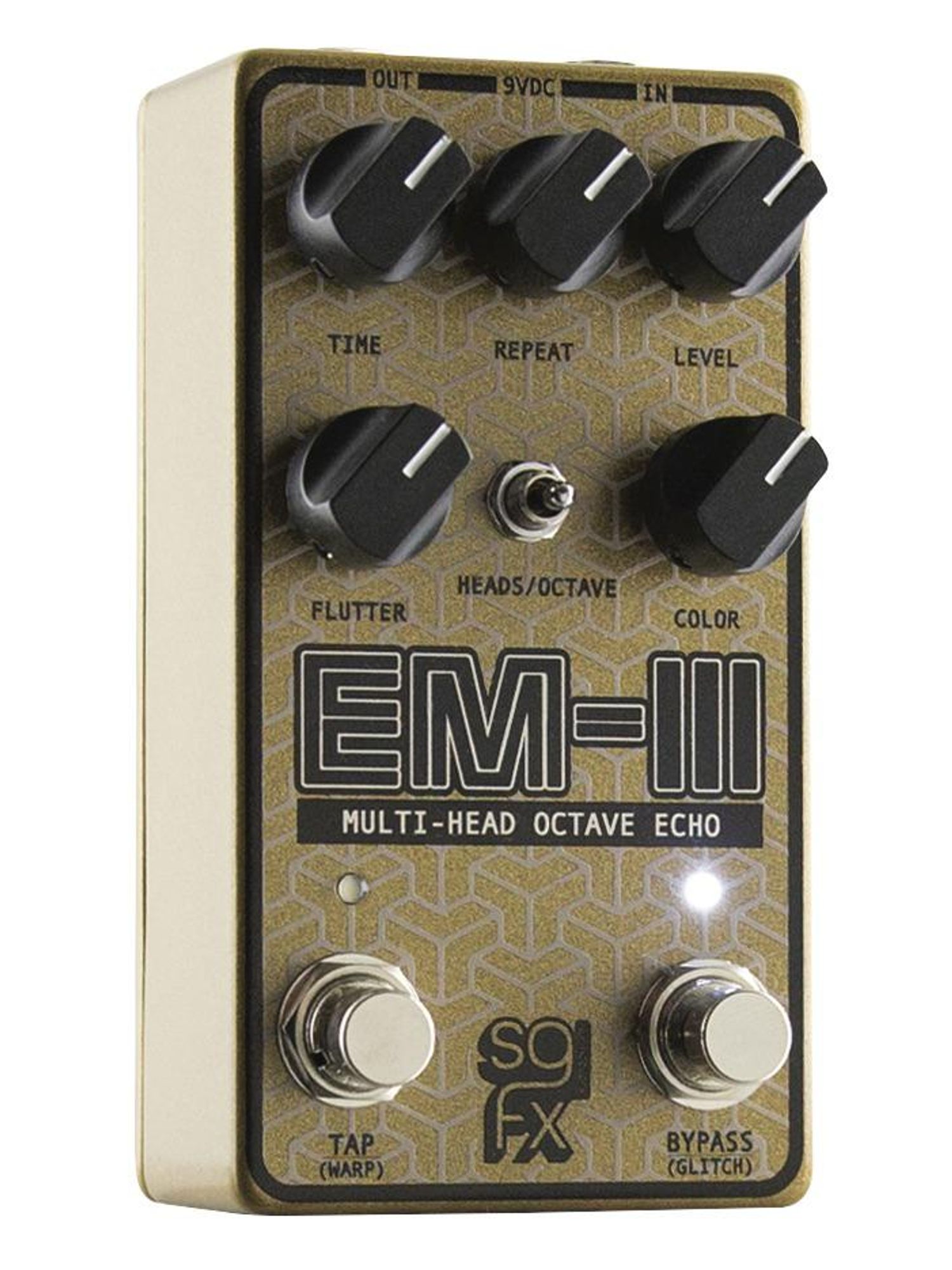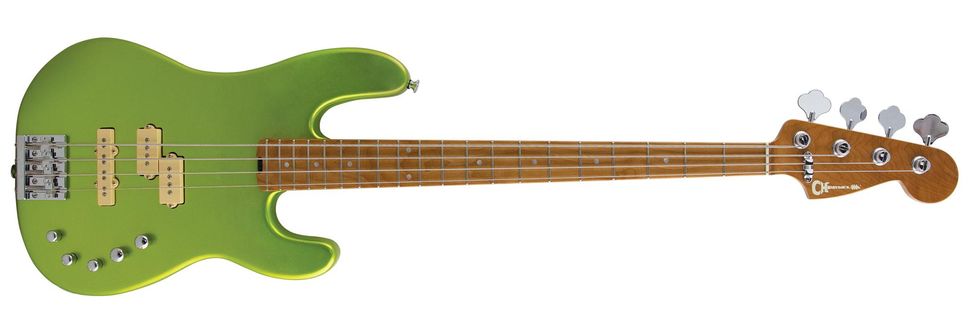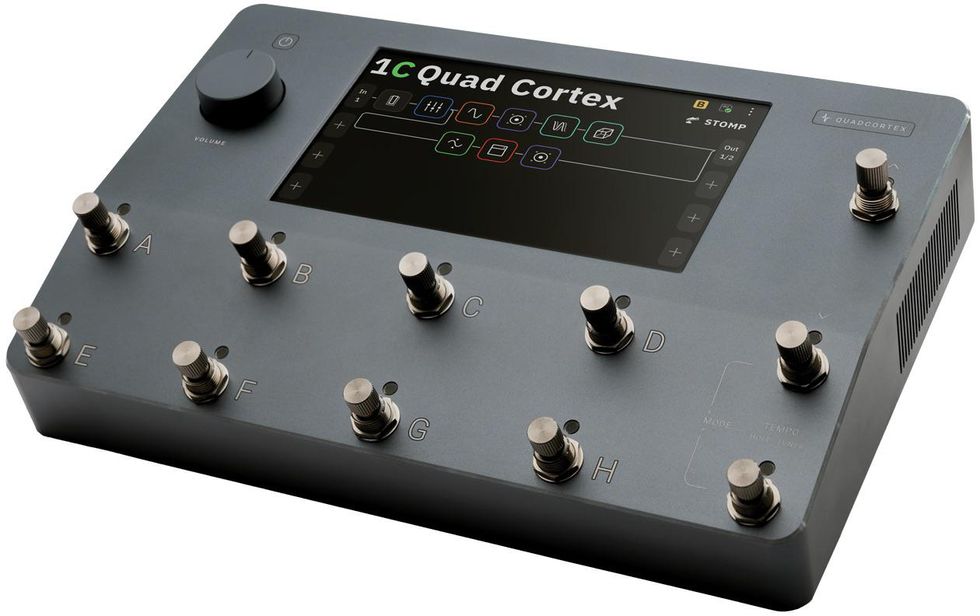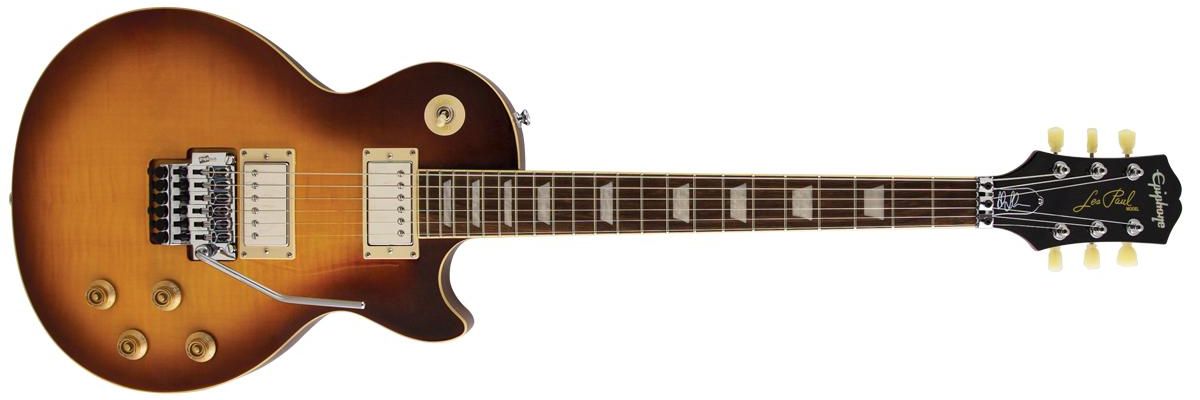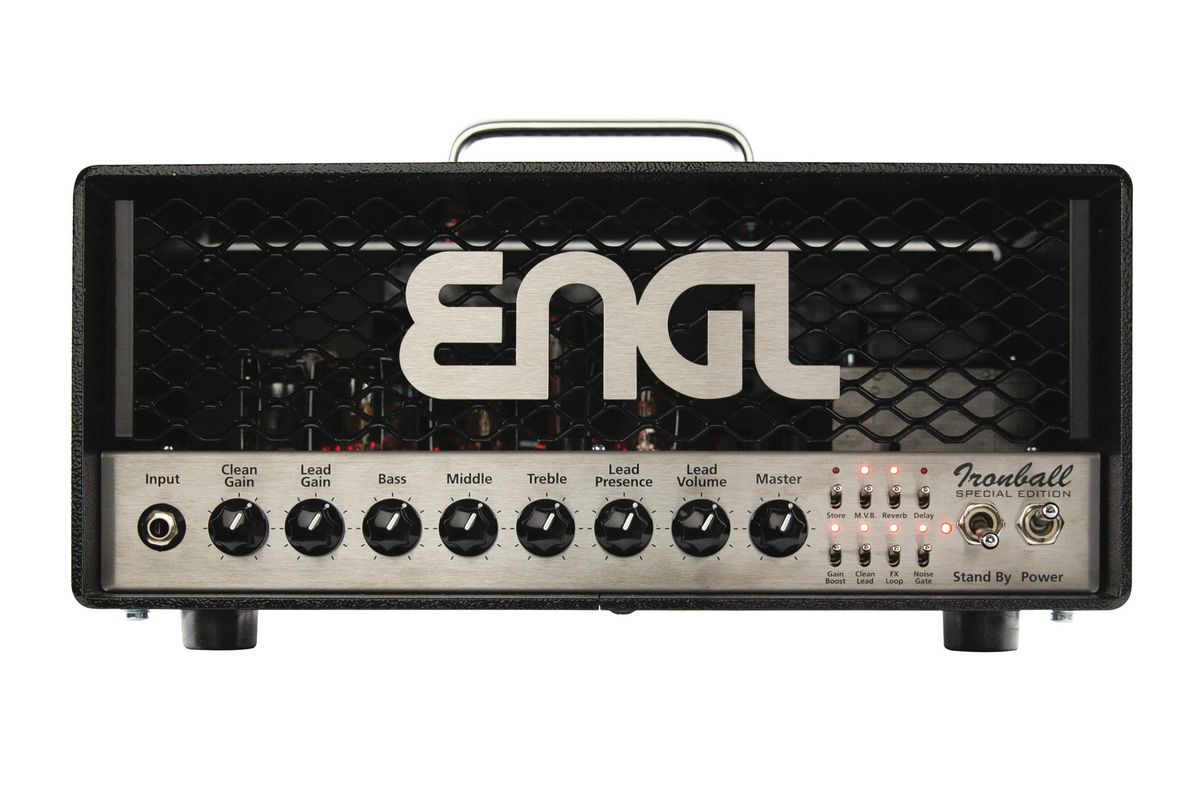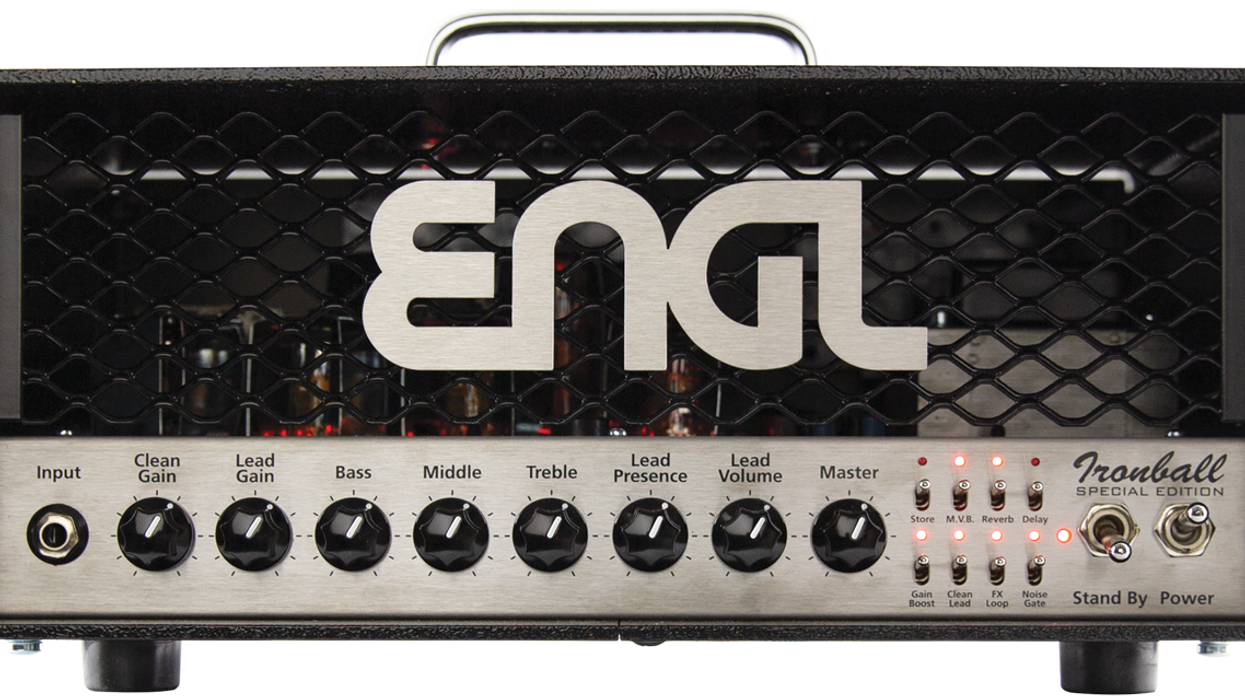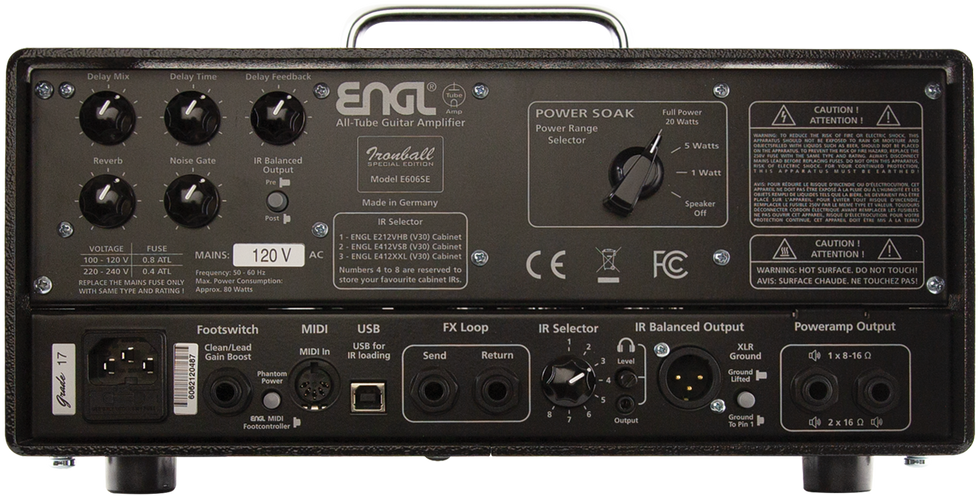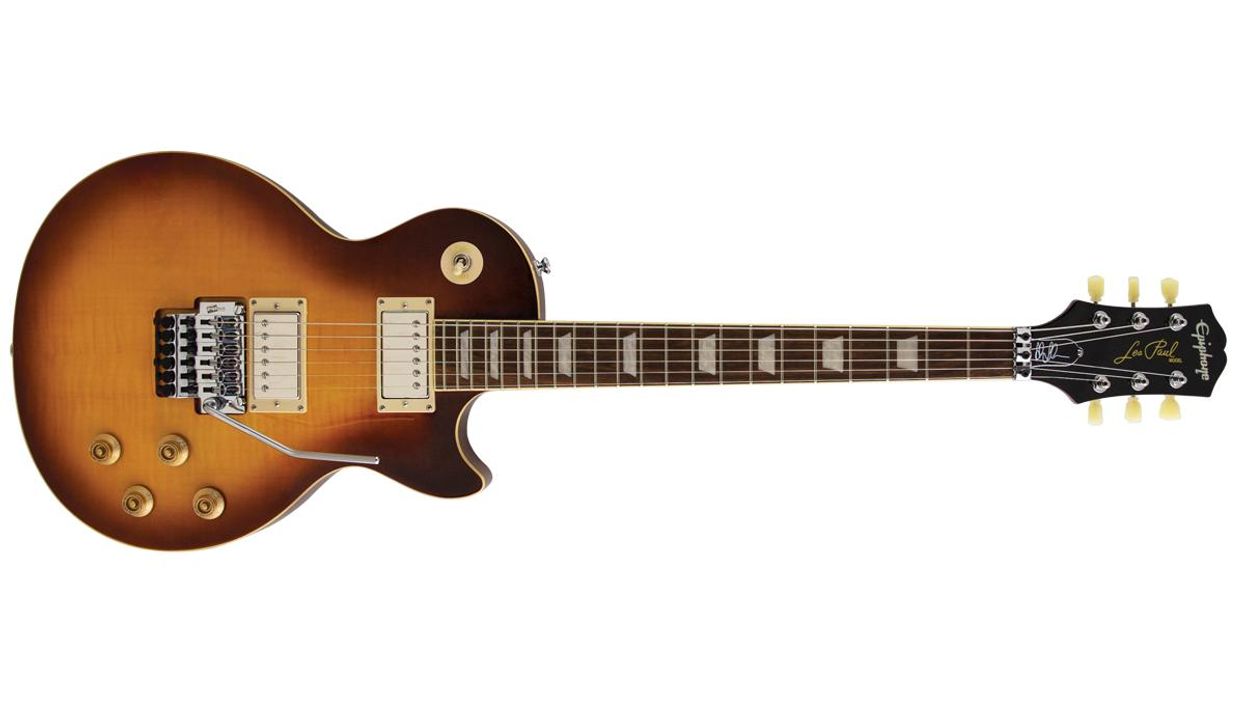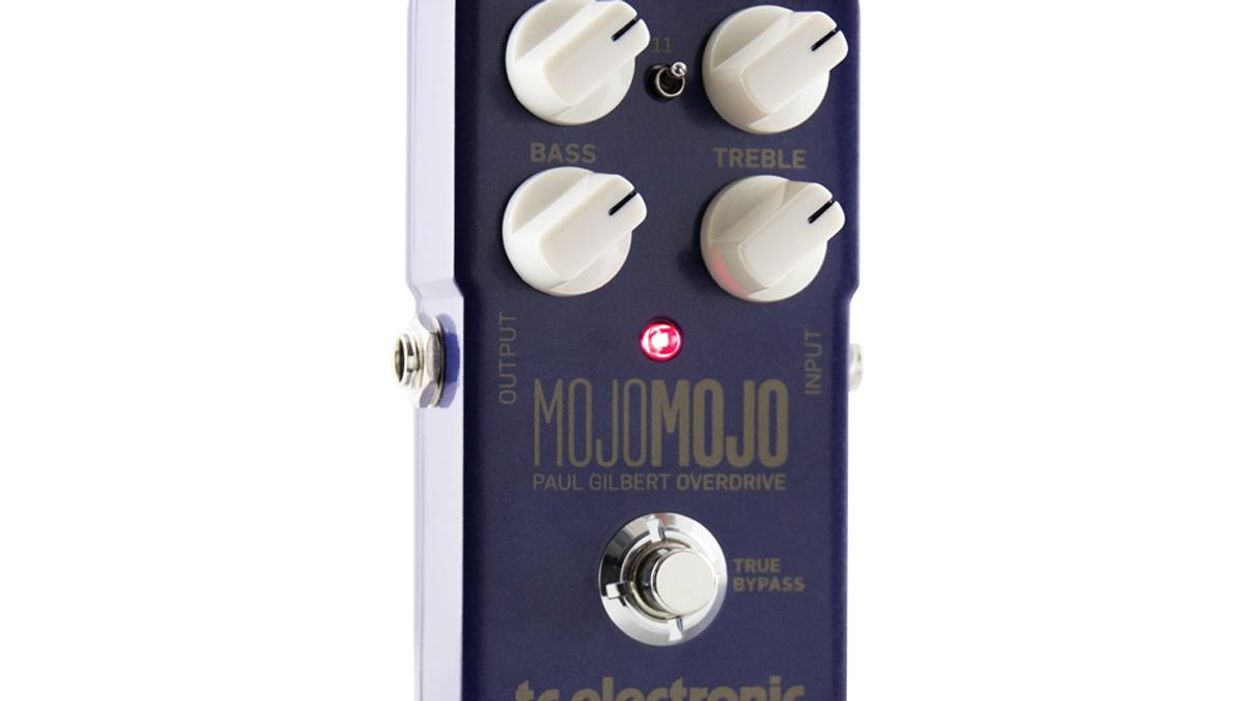RatingsPros:Delivers big-amp feel in a compact combo. Beautifully well-built. Versatile voicing switch. Effective attenuator. Cons: Lacks the tremolo that many love in black-panel combos. Street: $2,490 Carr Super Bee carramplifiers.com | Tones: Ease of Use: Build/Design: Value: |
Summoning big-amp tones from smaller, lighter, less-window-rattling amplifiers is now a top priority for many amp builders. For some of these manufacturers, that quest takes the shape of getting convincing high-gain sounds out of a less potent circuit. But Carr's new Super Bee takes on an arguably more challenging task: making the sound, dynamic response, and complex tone nuances of Fender's big Super Reverb into a less hefty whole.
Crank It Down
The original Fender Super Reverb 4x10 is a pretty loud 40-watt amp. So to rein in the power while retaining a Super's thumping push-pull feel, Carr employs a pair of unusual 6BM8 output tubes, rather than 6L6s. They generate only 10 watts between them, but when you push them hard they yield surprisingly full-throated response. The front end includes a traditional 12AX7 preamp tube. A Fender-inspired spring reverb is powered by another 12AX7 and a 12AT7. And because those unusual 6BM8 tubes each house both a preamp triode and an output pentode in the same bottle, they perform phase-inverter duties as well. A 9-pin EZ81 tube takes care of rectification.
Two key features further distinguish the Super Bee from a vintage Fender. First is Carr's fourth generation attenuator, which takes the output down to 2 watts, or a near-silent setting. Then there's the 3-way Sting switch that offers three voices: “64," which is scooped and shimmering; “68," which is a thicker, classic black-panel voice; and “72," which delivers higher gain and greater midrange emphasis.
The solid pine cabinet measures 21"x17.75"x10" but tapers beautifully to 9" deep at the top. The trapezoidal speaker cut-out is a distinctive retro-design touch. And the vertical central racing stripe (our review amp features a tasty two-tone of cream with a Carolina-blue stripe) and the Super Bee name are another cool Carr nod to '60s muscle car culture. The speaker is a 12" Eminence-made Carr Valiant, though a 10" Eminence Copperhead is also available. Inside, the Super Bee is classically Carr: point-to-point wiring, a bundle of high-end components including Jupiter capacitors, and American-made transformers by Chicago's TMI, who have built transformers since 1949.
Sting Like a…
Matched to a Fender Stratocaster, a Gibson Les Paul, and a Collings I-35 LC, the Super Bee fast made it clear how thoroughly Steve Carr attained his design goals. Classic black-panel sounds might seem, for some, an unoriginal jumping-off point. But the Super Bee feels both familiar and full of possibilities. It delivers big, sparkling clean tones, meaty twang, and deep output-stage overdrive—which are all easy to fine-tune via the simple 3-band EQ and the Sting switch voices. The resulting combination of bite, articulation, and compression is positively addictive. It's difficult to switch this amp off once you get into a groove.
Obviously, one of the main attractions of a vintage black-panel Super Reverb is the volume and pronounced low end you get from the 4x10 speaker configuration. But apart from the Carr's essentially lower volume, you shouldn't expect anything less than a genuine black-panel experience. The reverb is lush and full. And though it sometimes feel like it comes on a bit strong at lower levels, you'll never worry about having too little reverb to replicate the surf-ier side of the vintage Fender experience. The amp also interacts with overdrive pedals wonderfully. Even at just 10 watts, full-power mode gives you enough gas to hang with a drummer. But if there's no band to compete with, the attenuated sounds deliver much of the same richness, overdrive characteristics, and stout playing feel at quieter volumes.
The Verdict
On the surface, the Super Bee might seem to do relatively little for the price. There's no channel switching, no effects loop, no high gain switch, and no master volume—yet that's exactly the point: the amp just flat out sounds great, and enables players to rediscover a classic tone and feel that can be hard to achieve in intimate gigging and recording environments that require lower volume. The Sting switch also significantly extends its versatility, delivering three distinctive amp voices in one. When it comes to providing exquisite American-style big-amp tone in a manageably sized combo, the Super Bee is a total success, and one of the most inspiring amps I've played in quite some time.
Watch our First Look demo:







![Rig Rundown: Russian Circles’ Mike Sullivan [2025]](https://www.premierguitar.com/media-library/youtube.jpg?id=62303631&width=1245&height=700&quality=70&coordinates=0%2C0%2C0%2C0)

